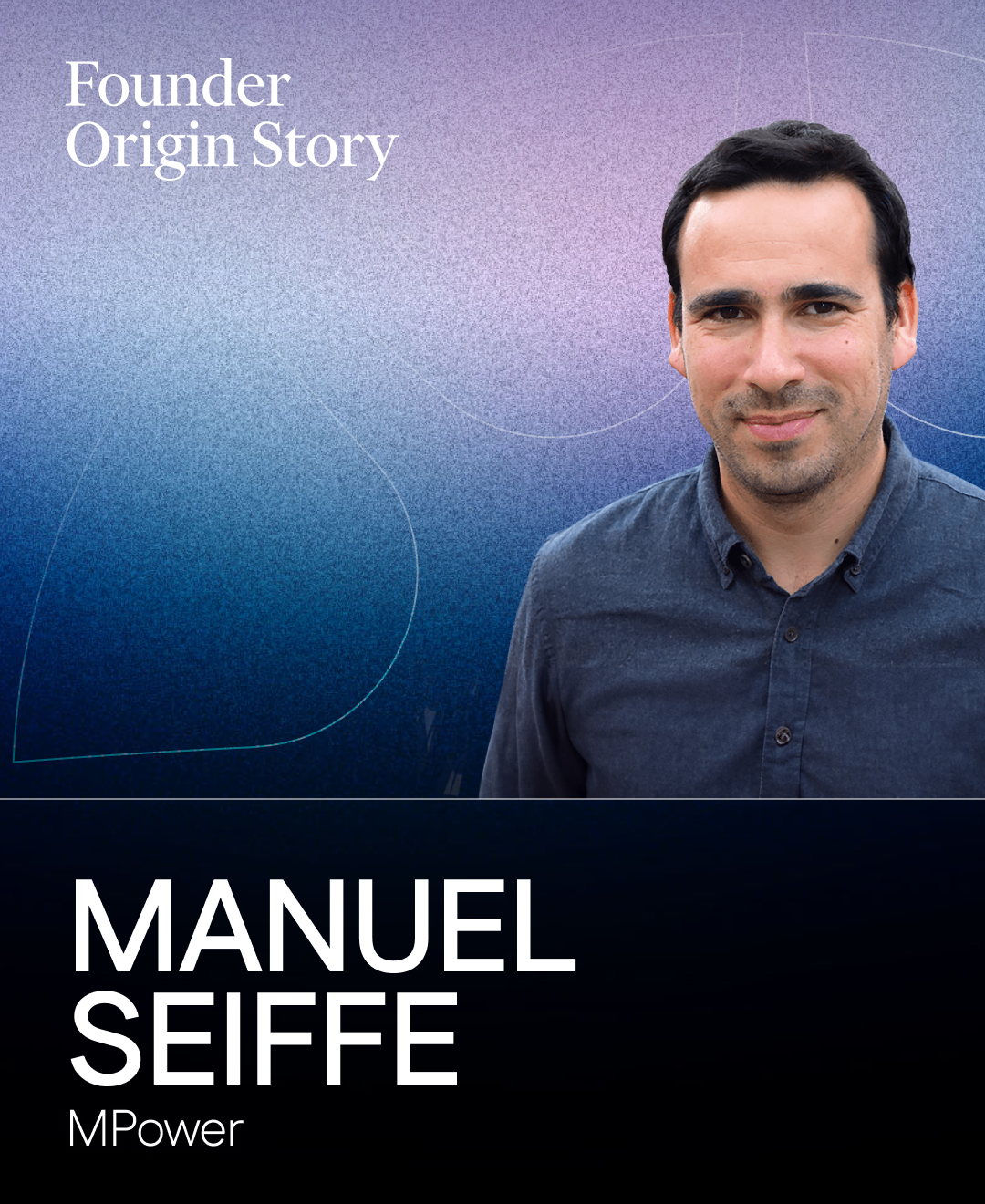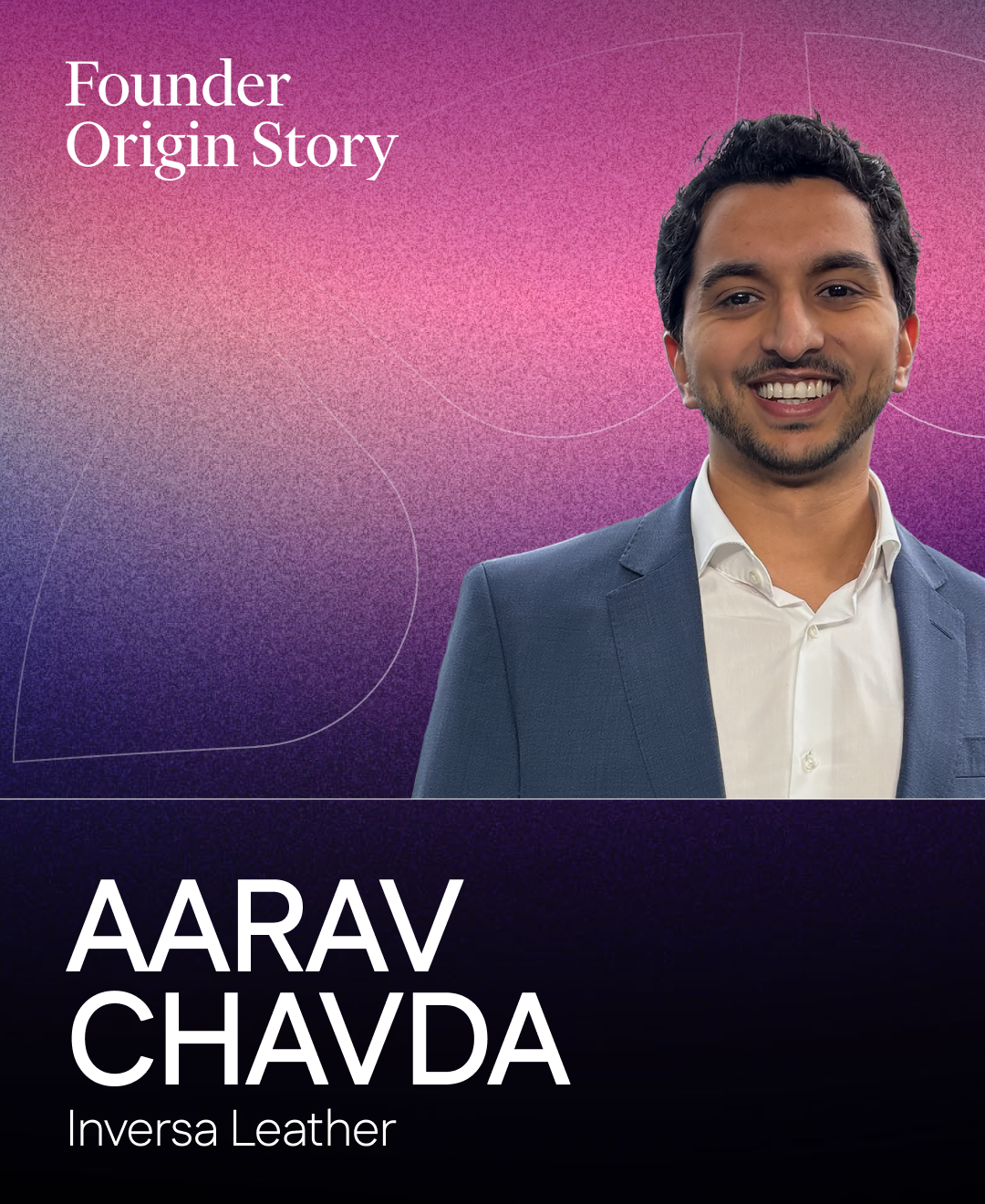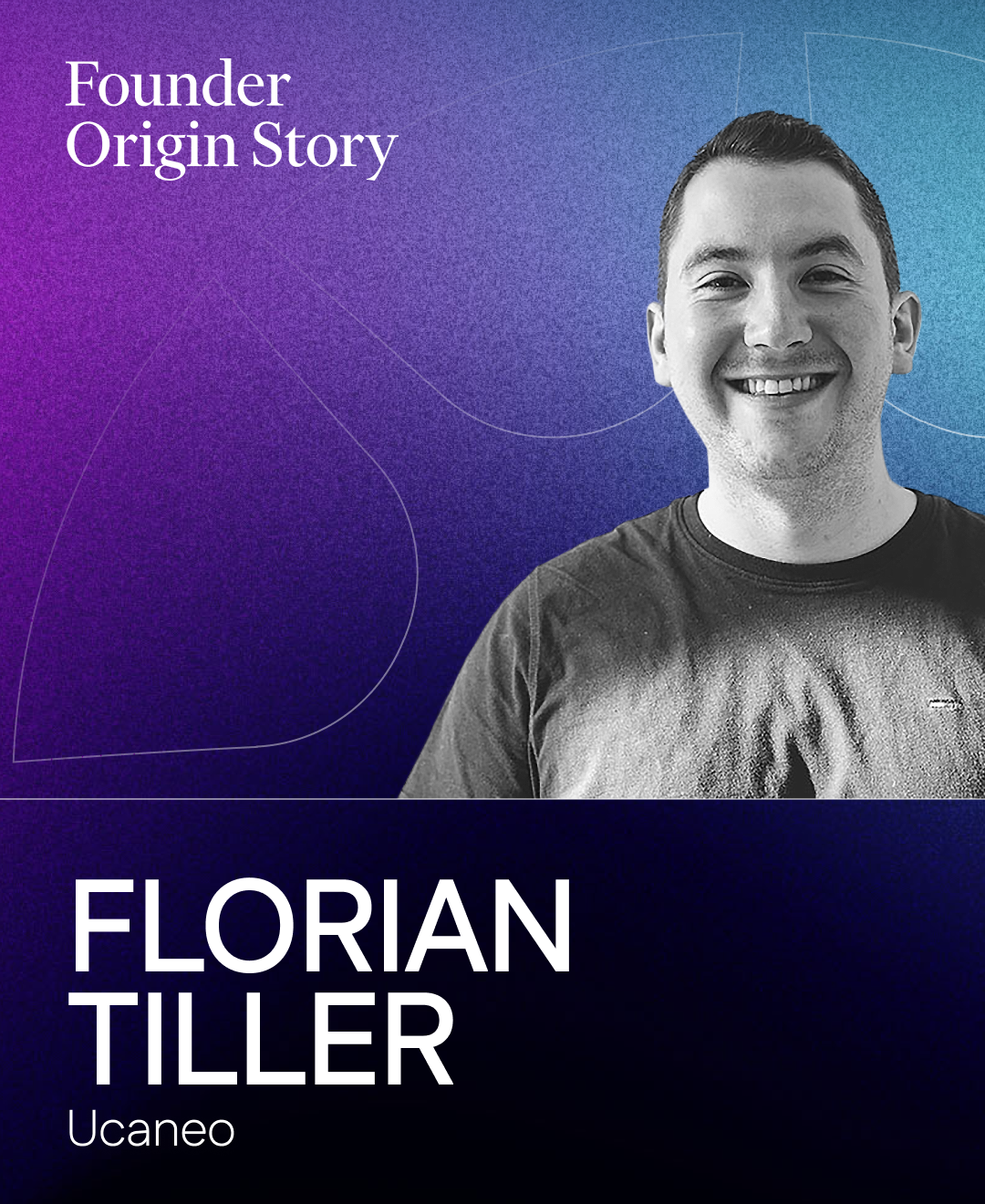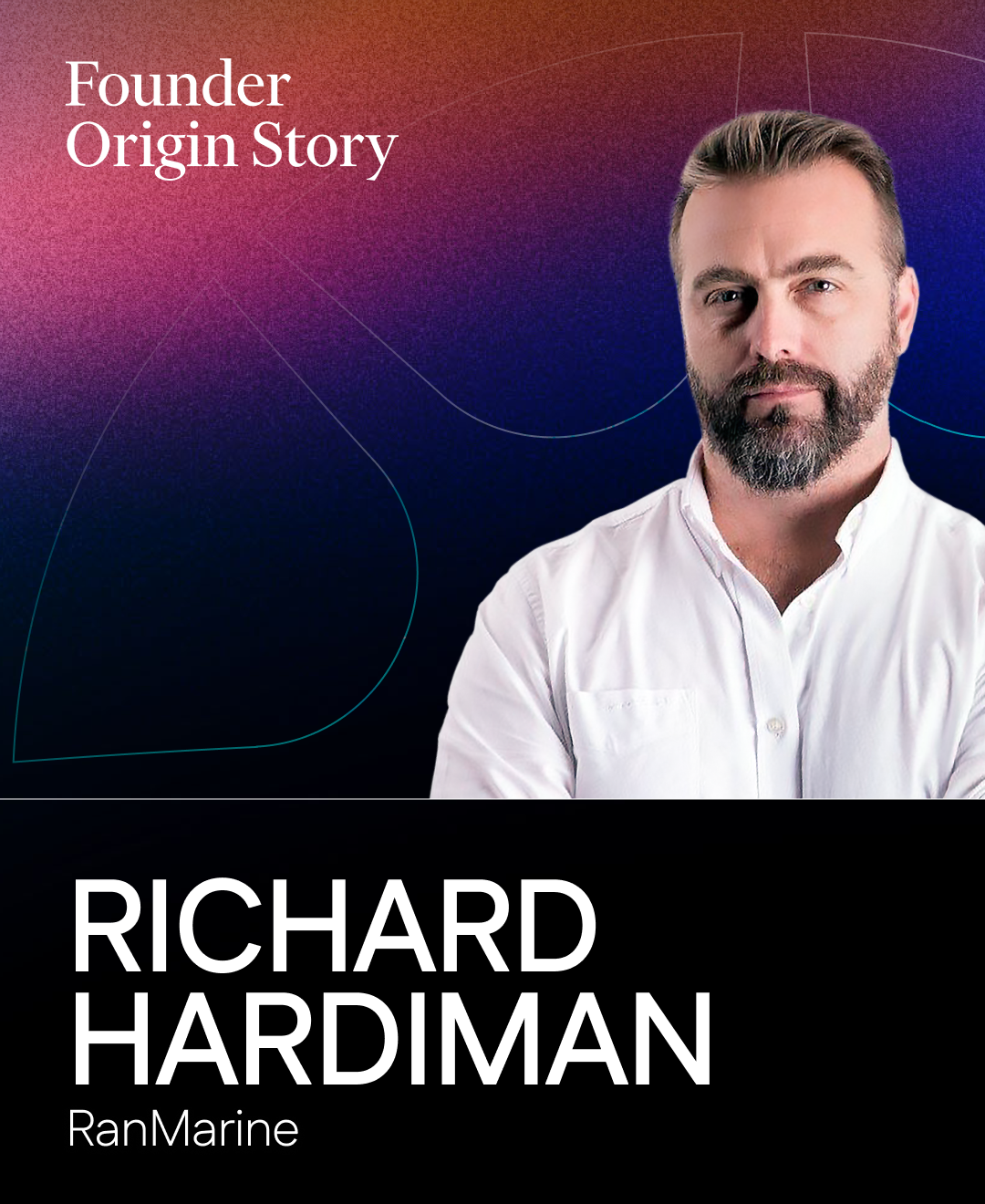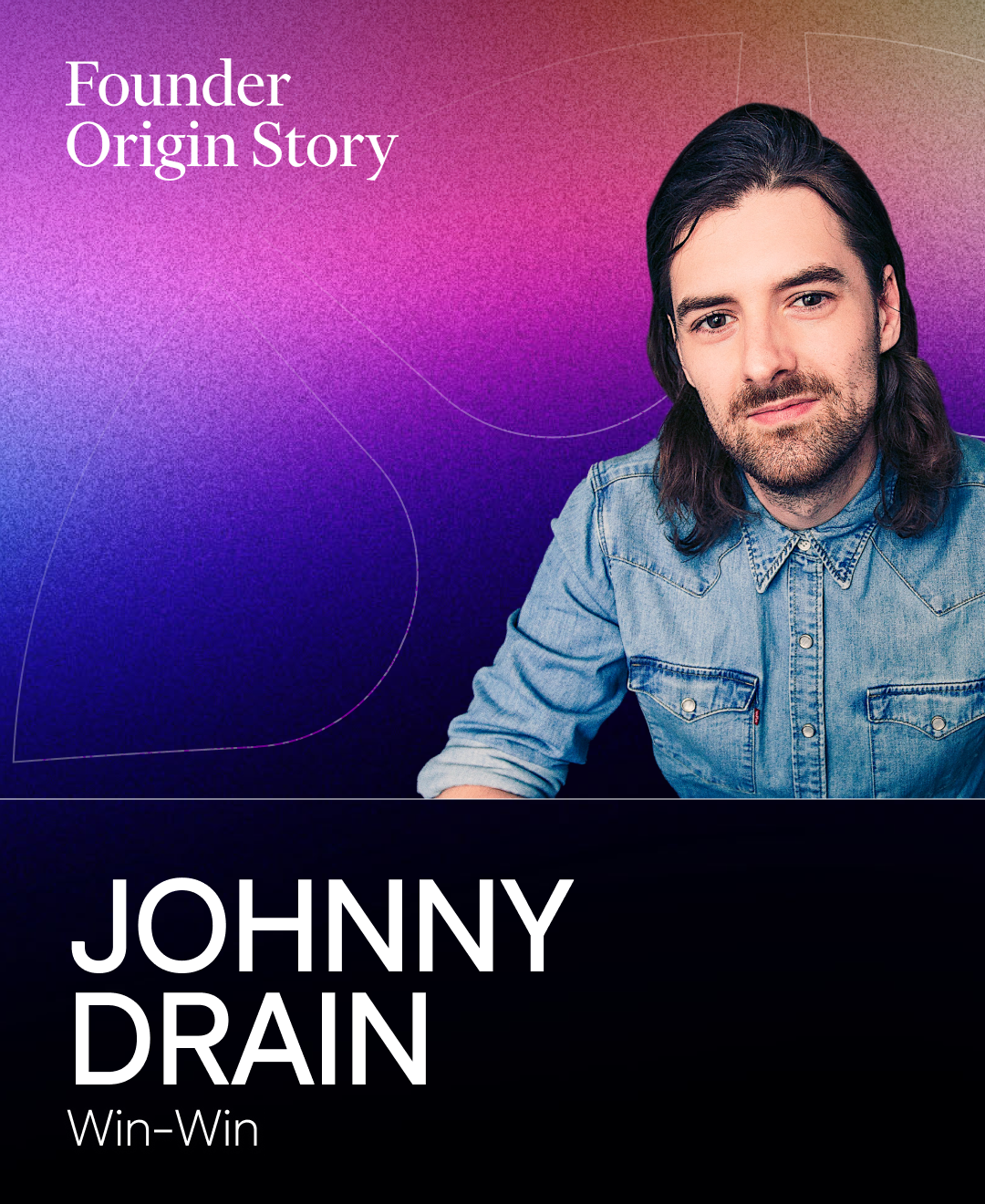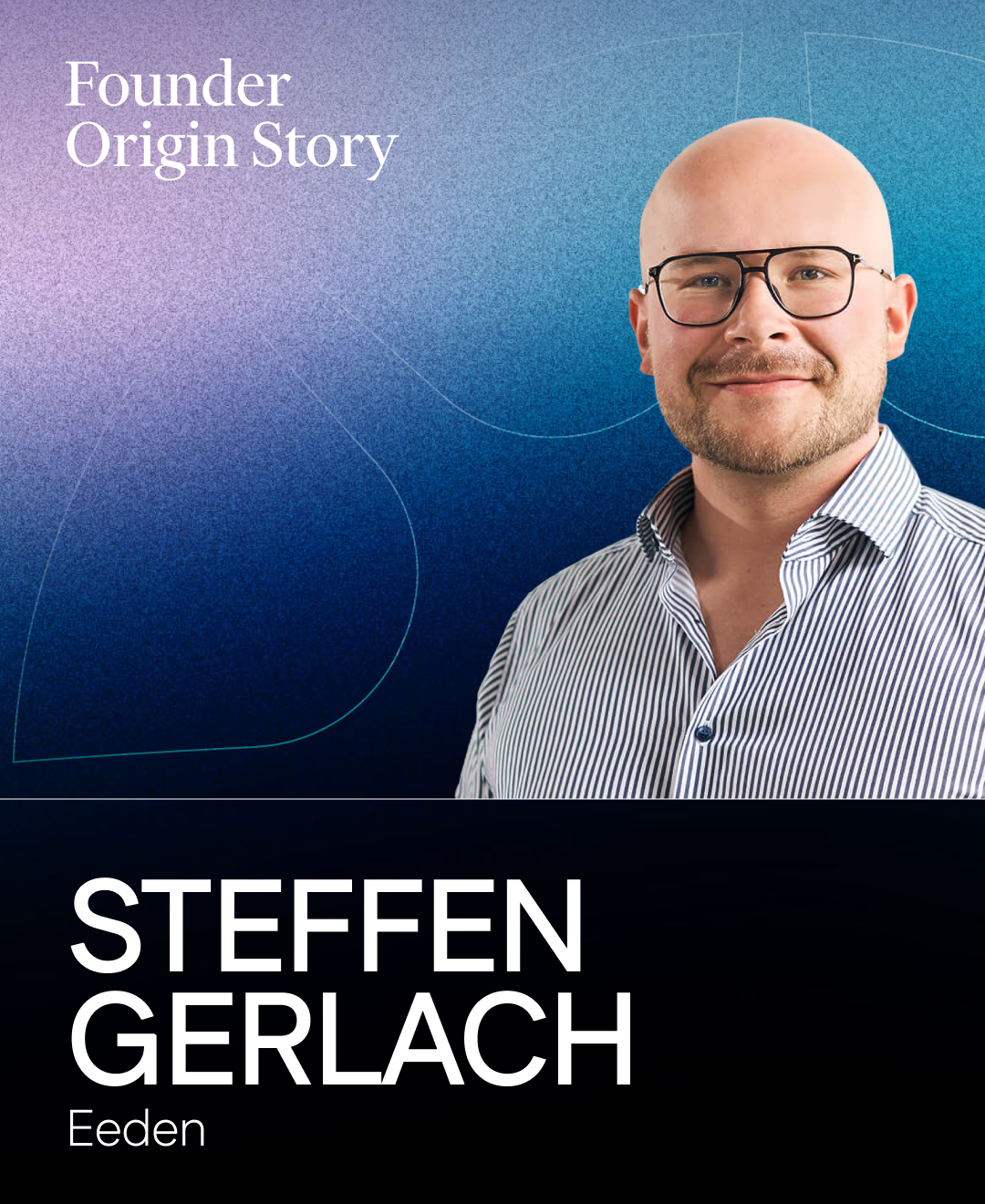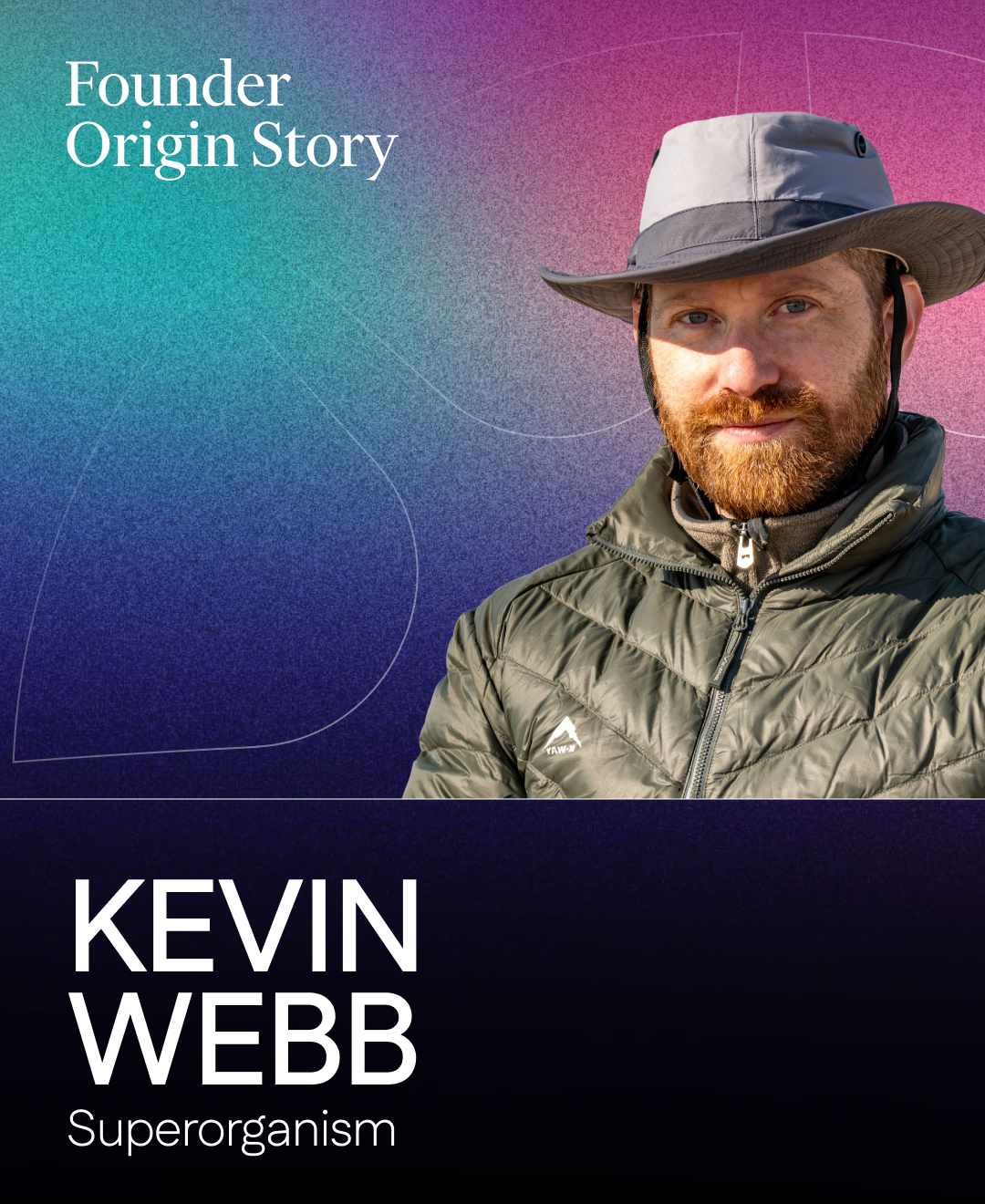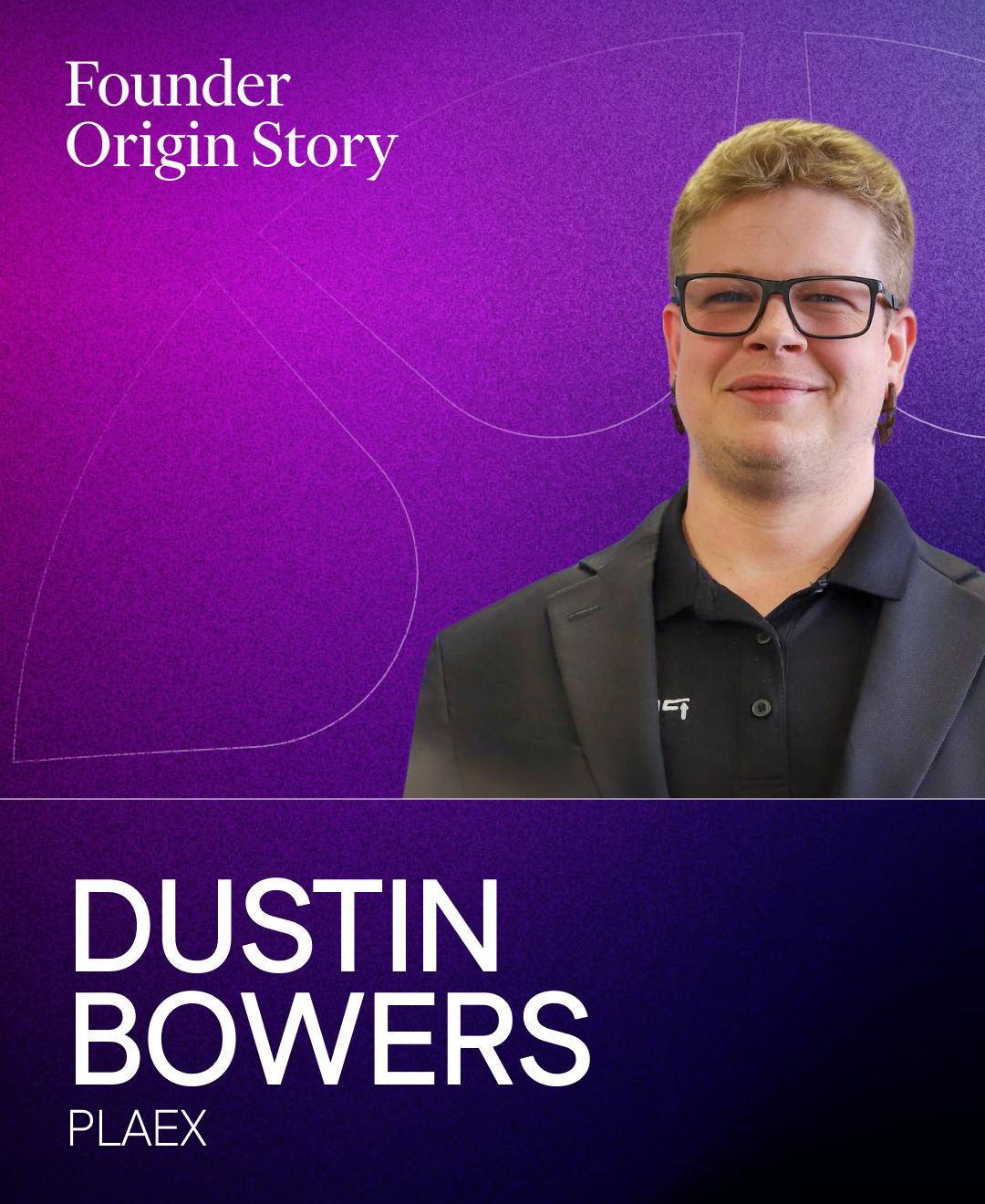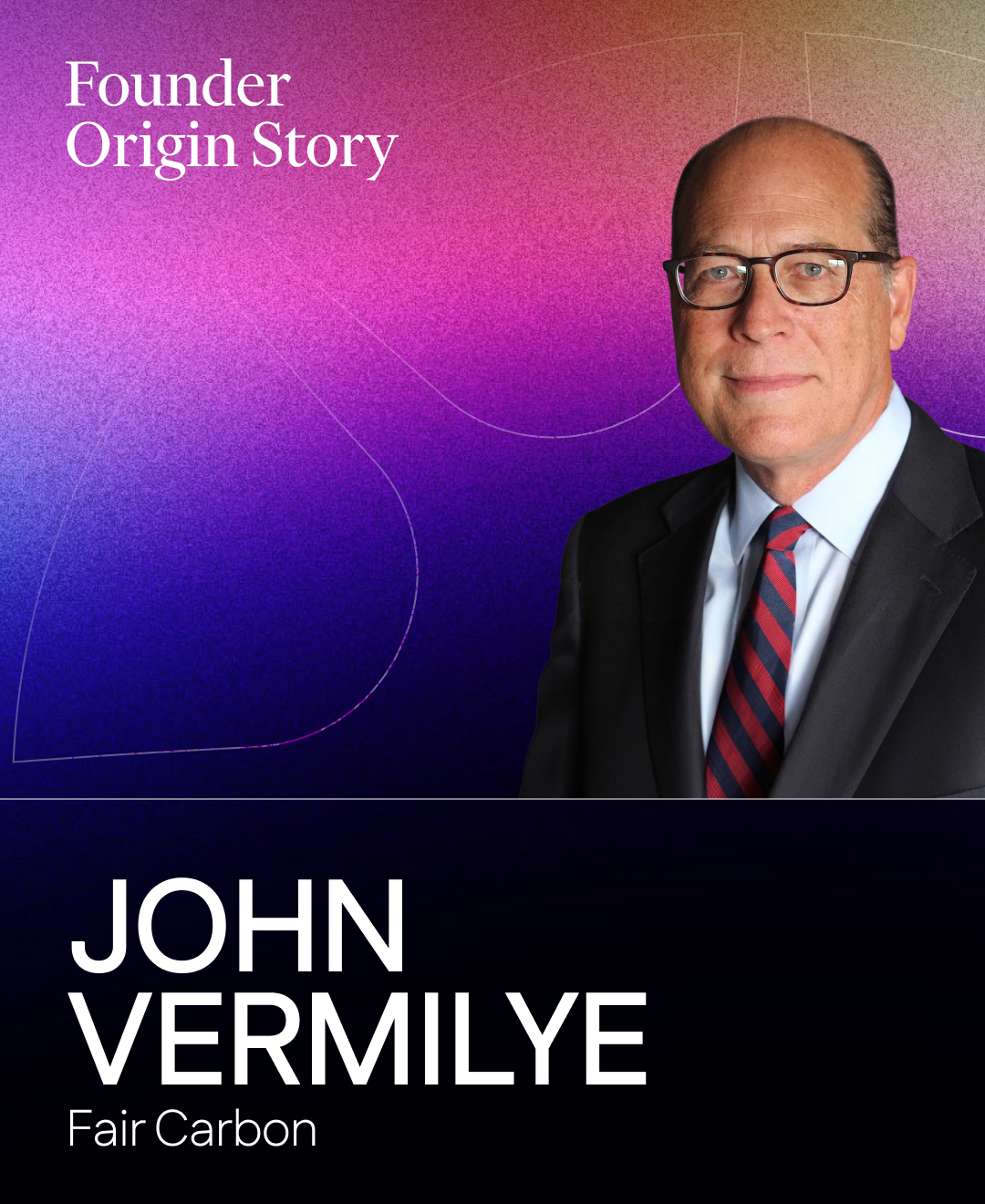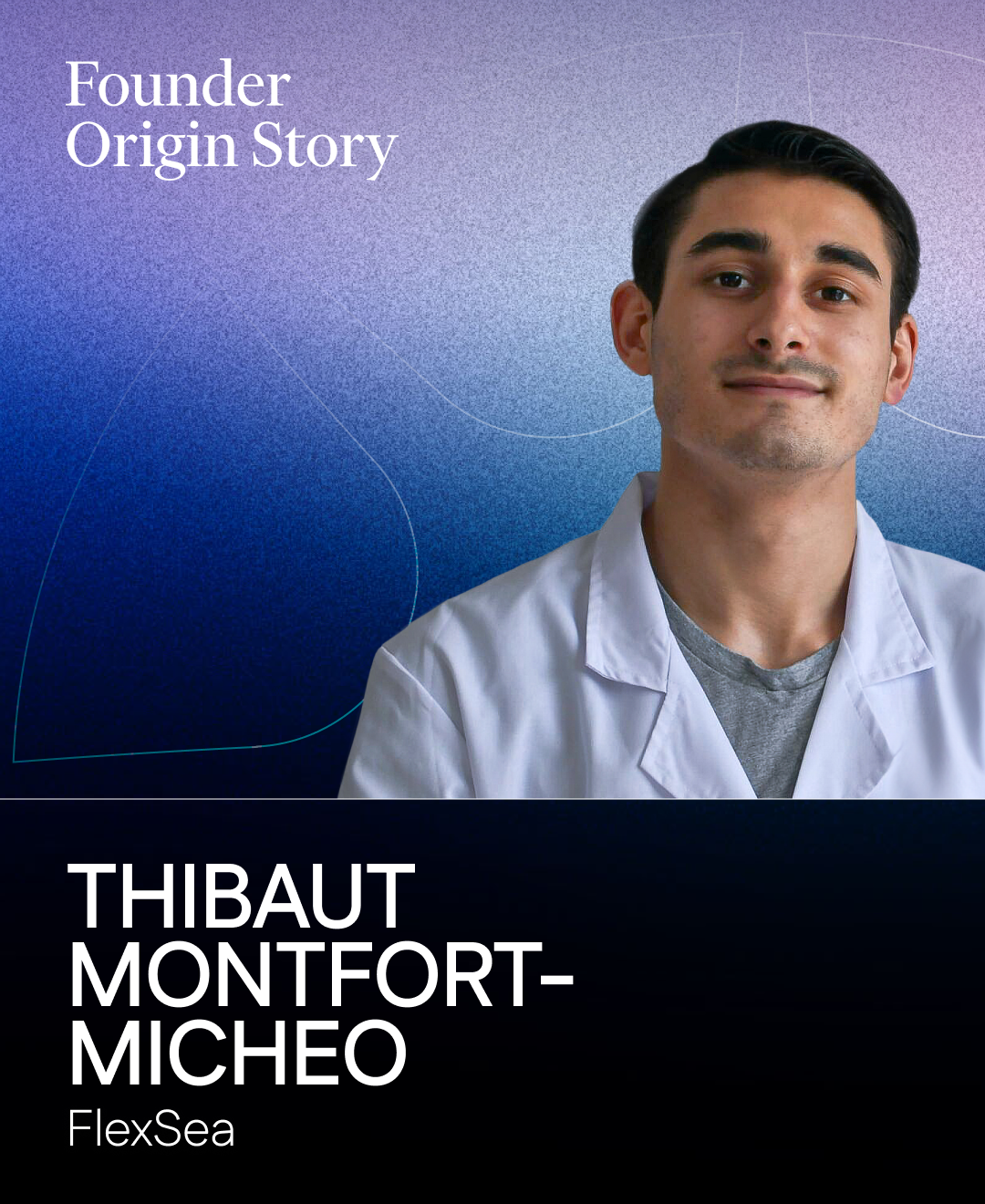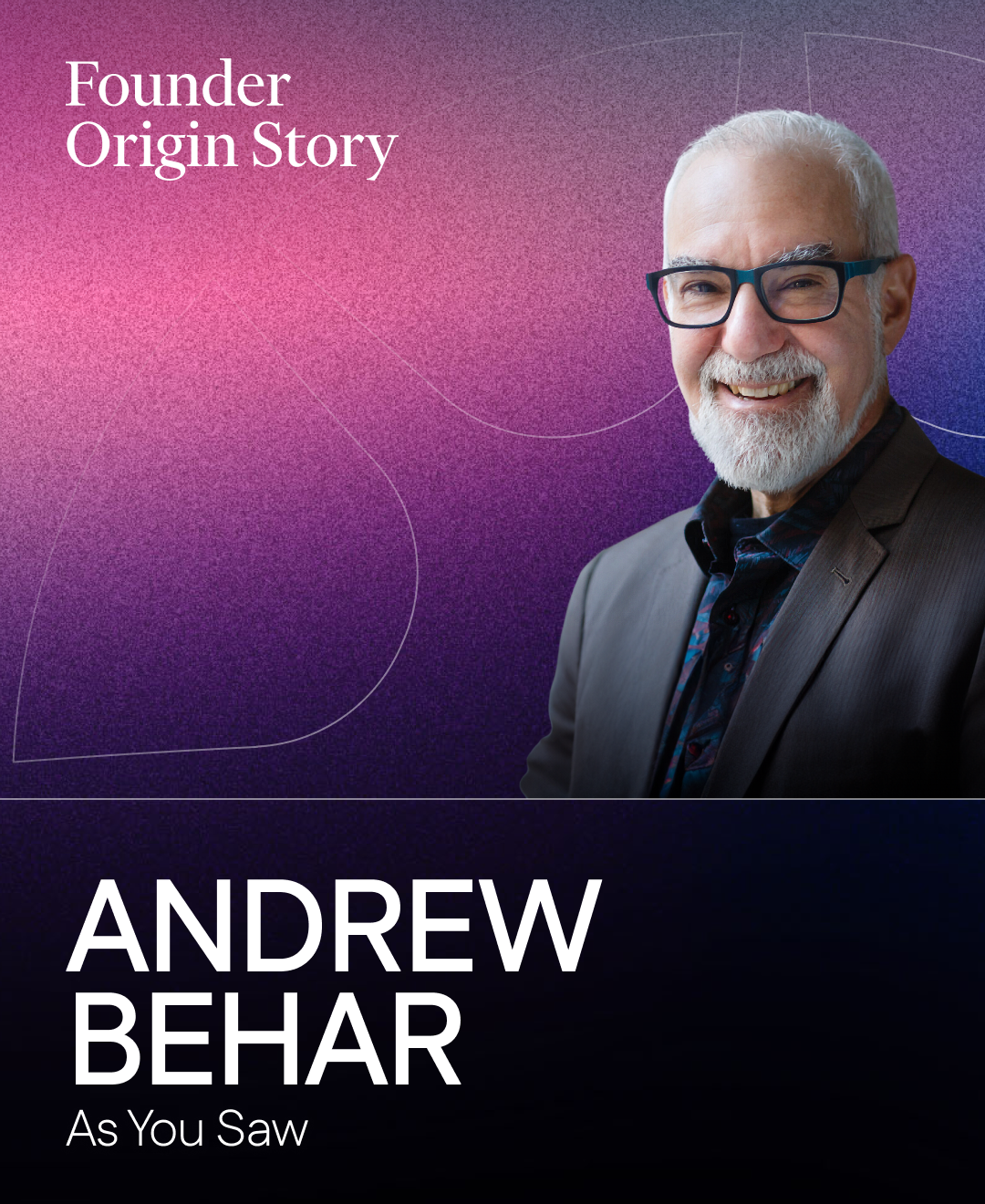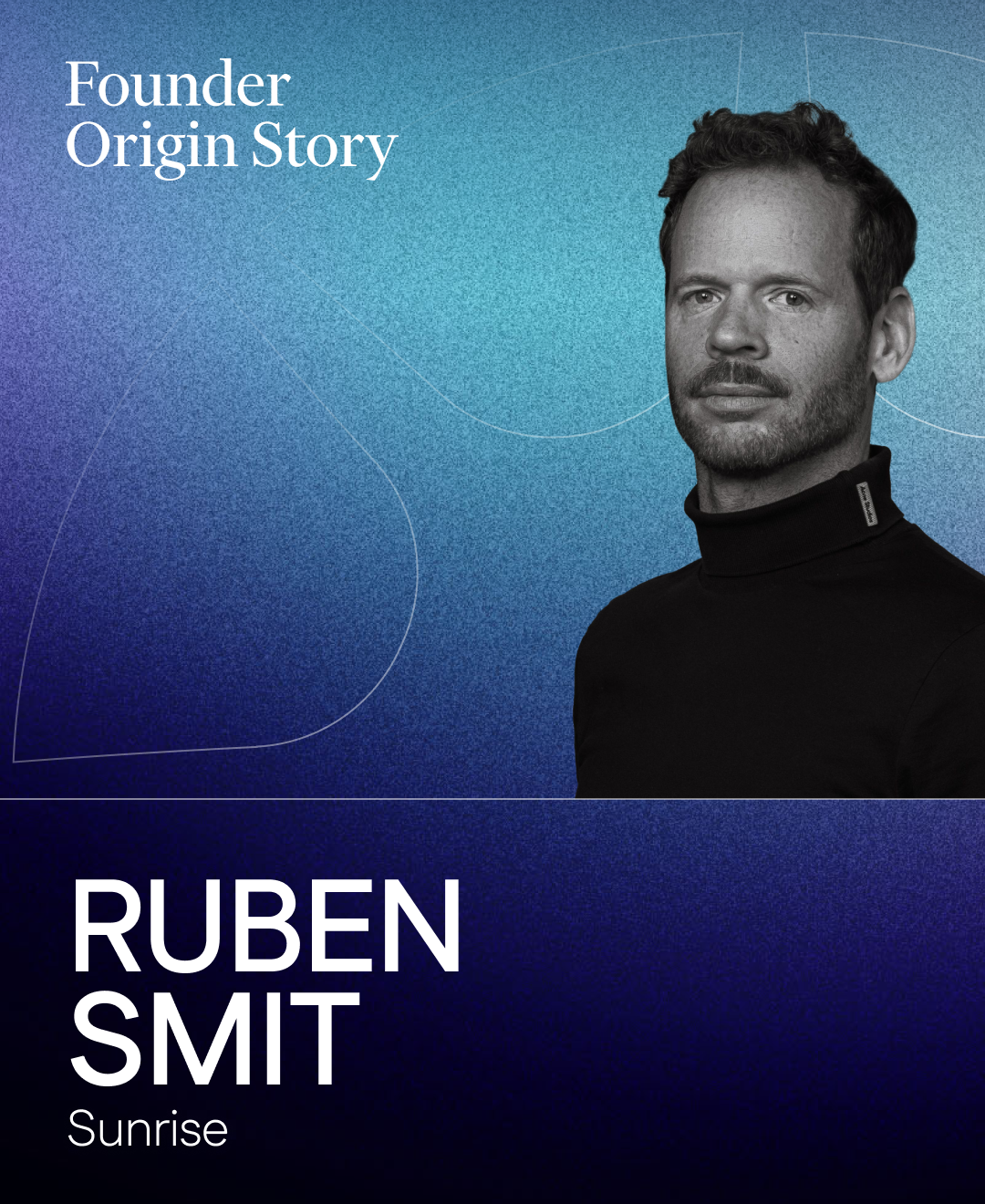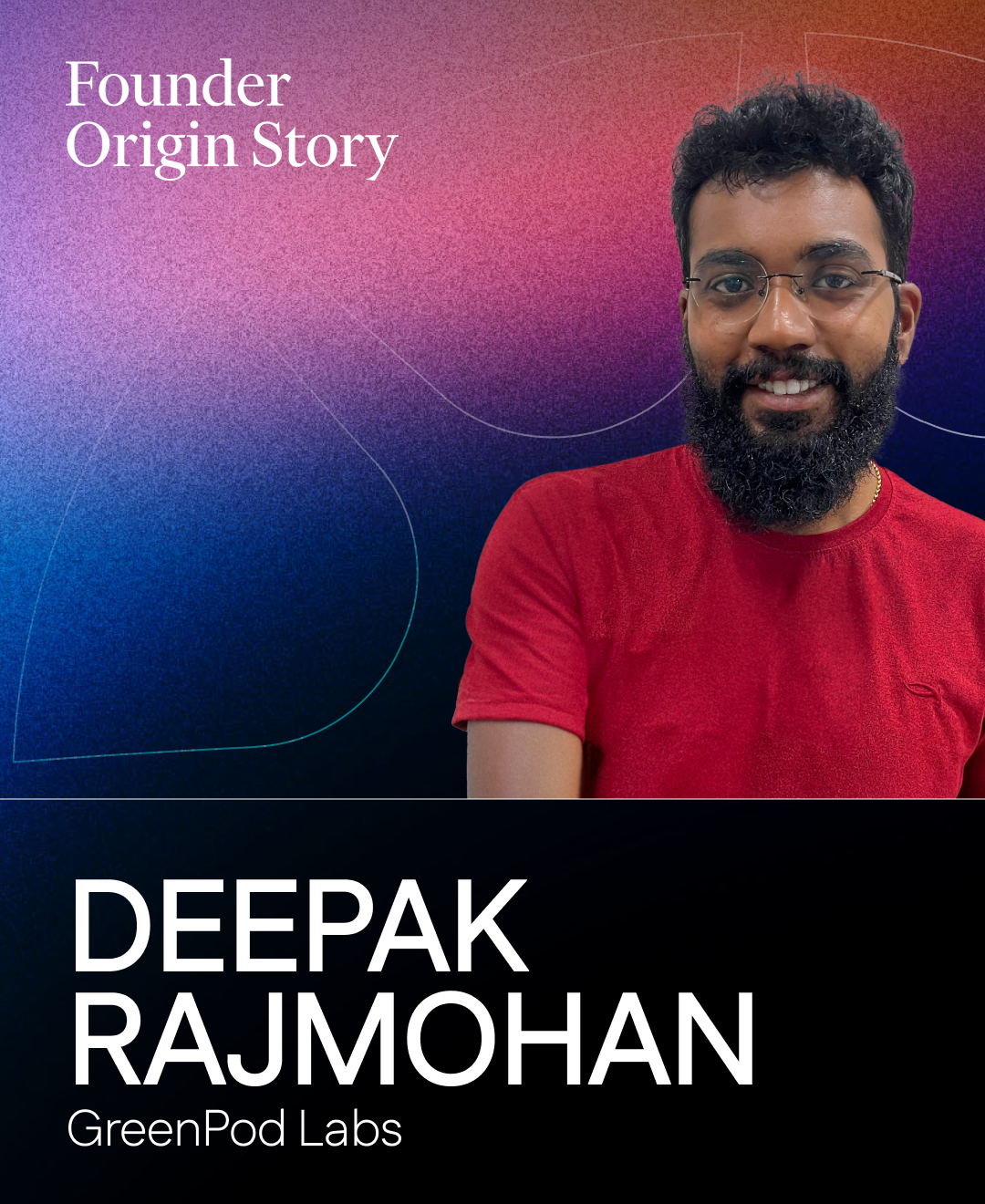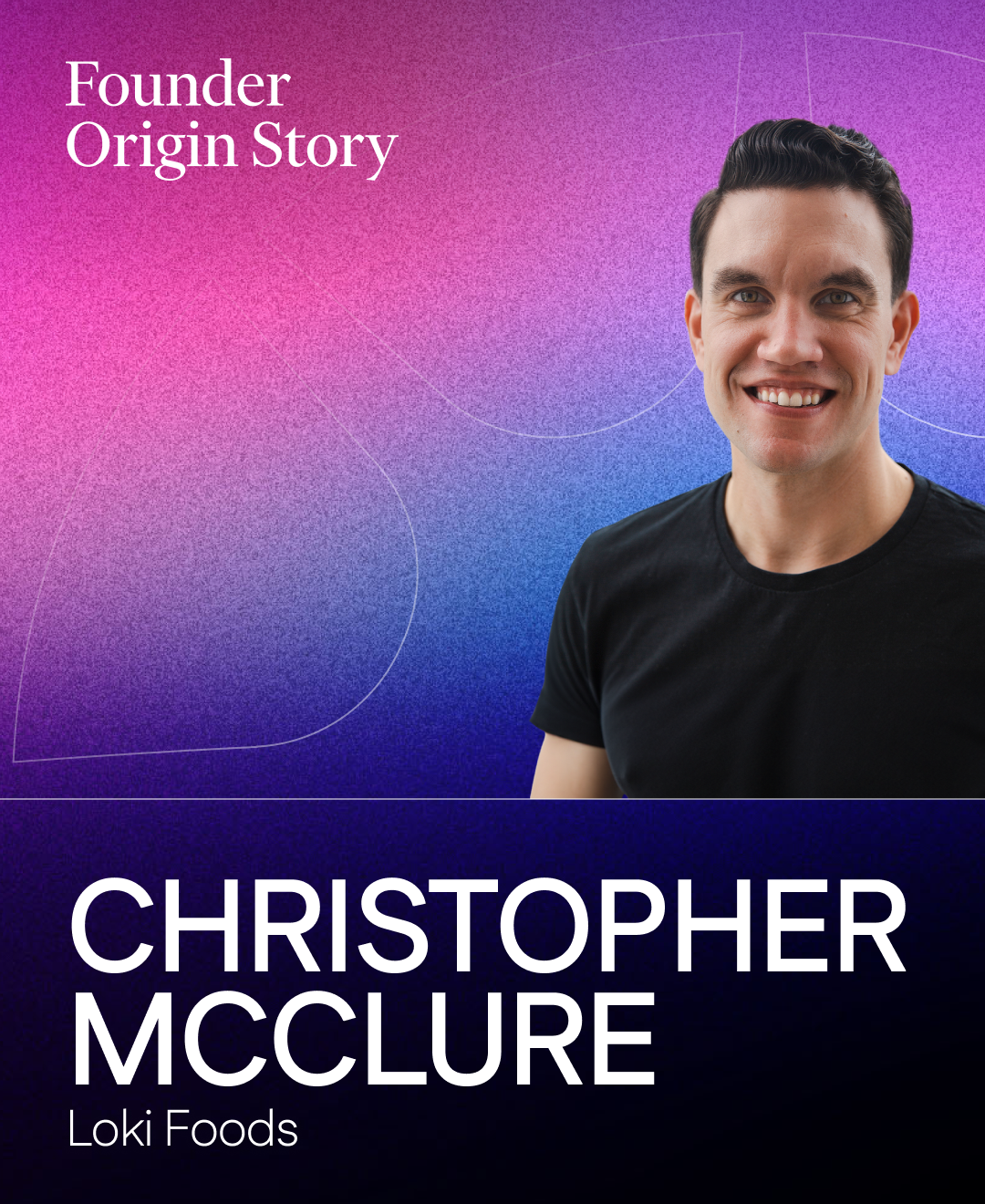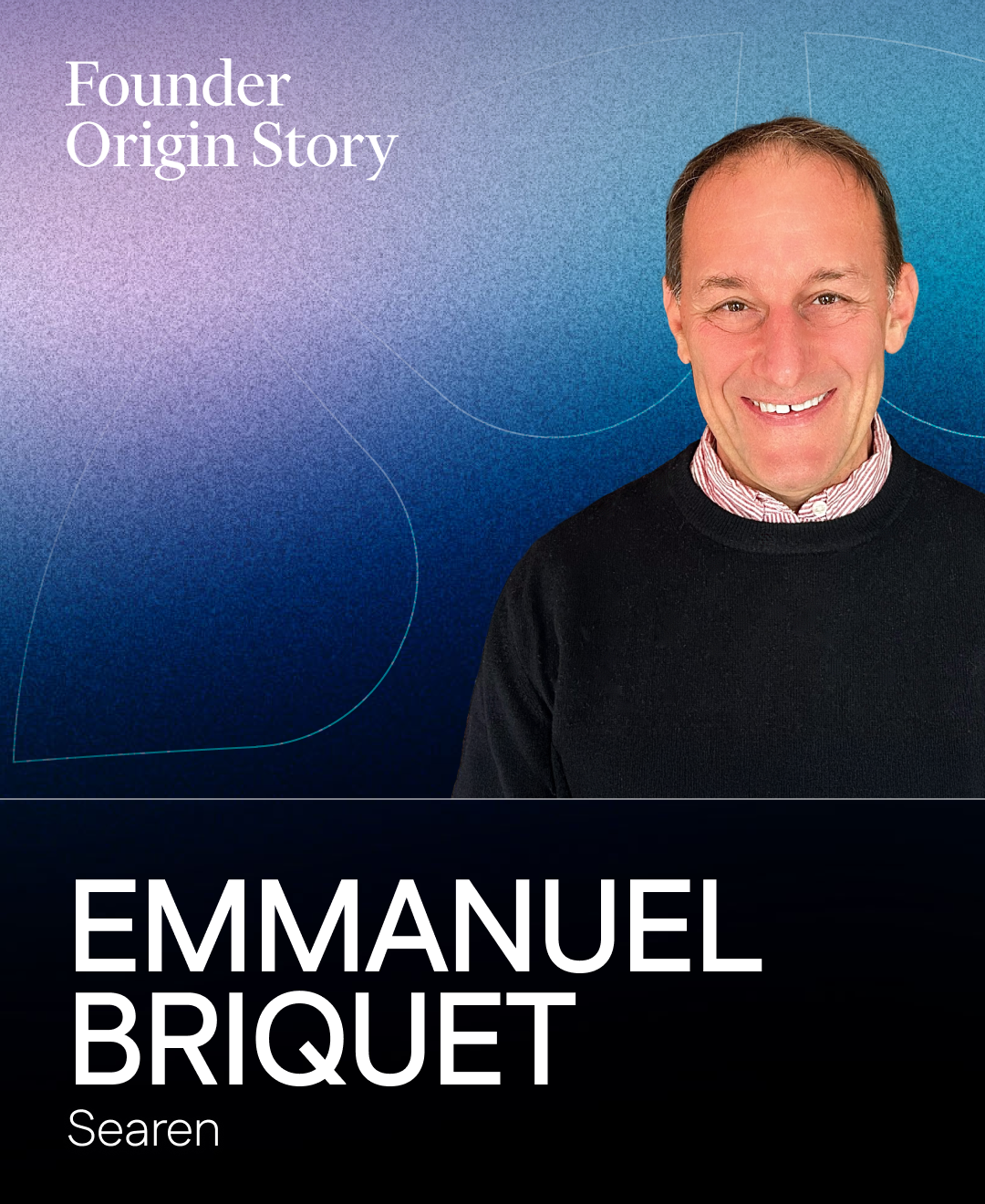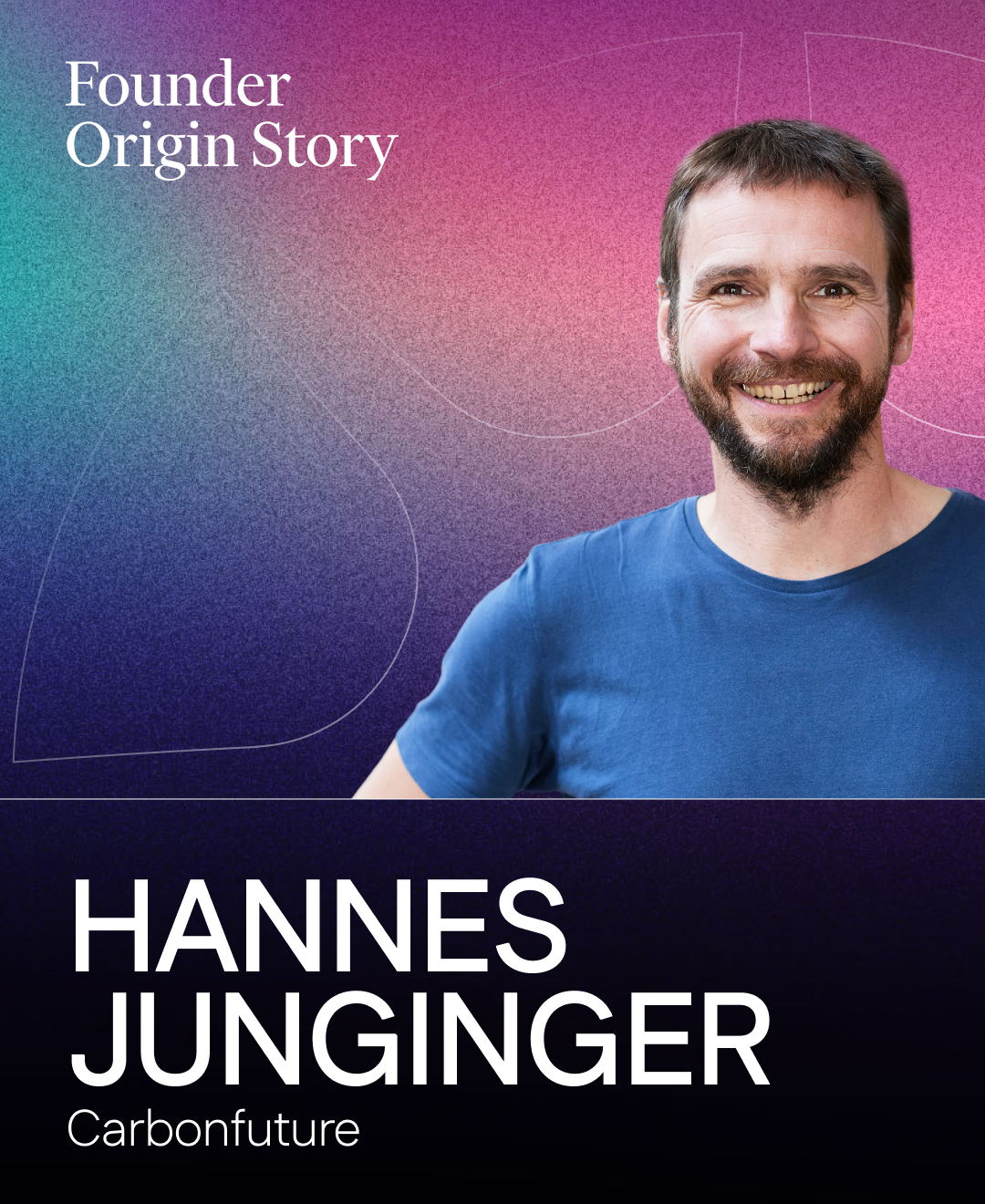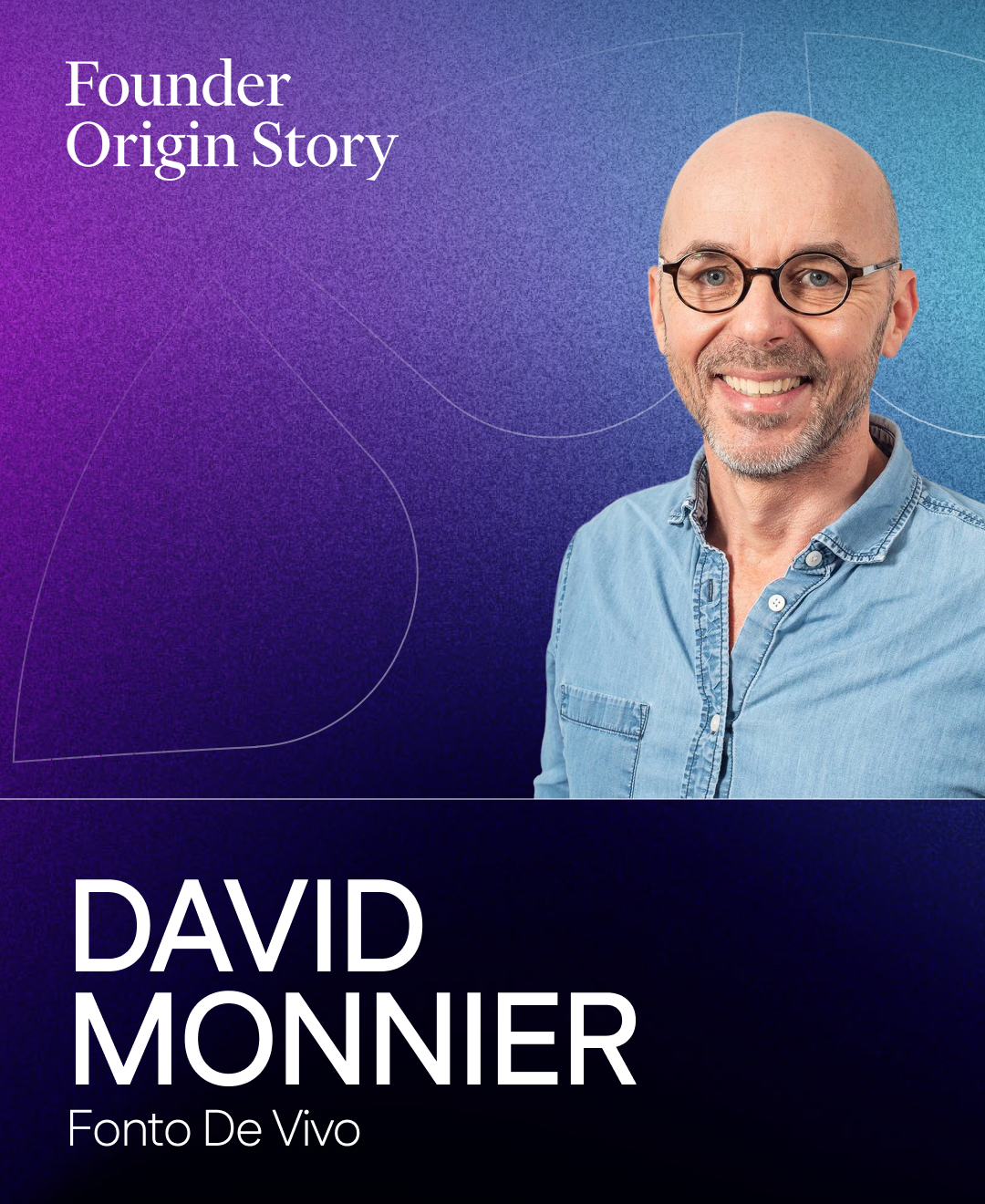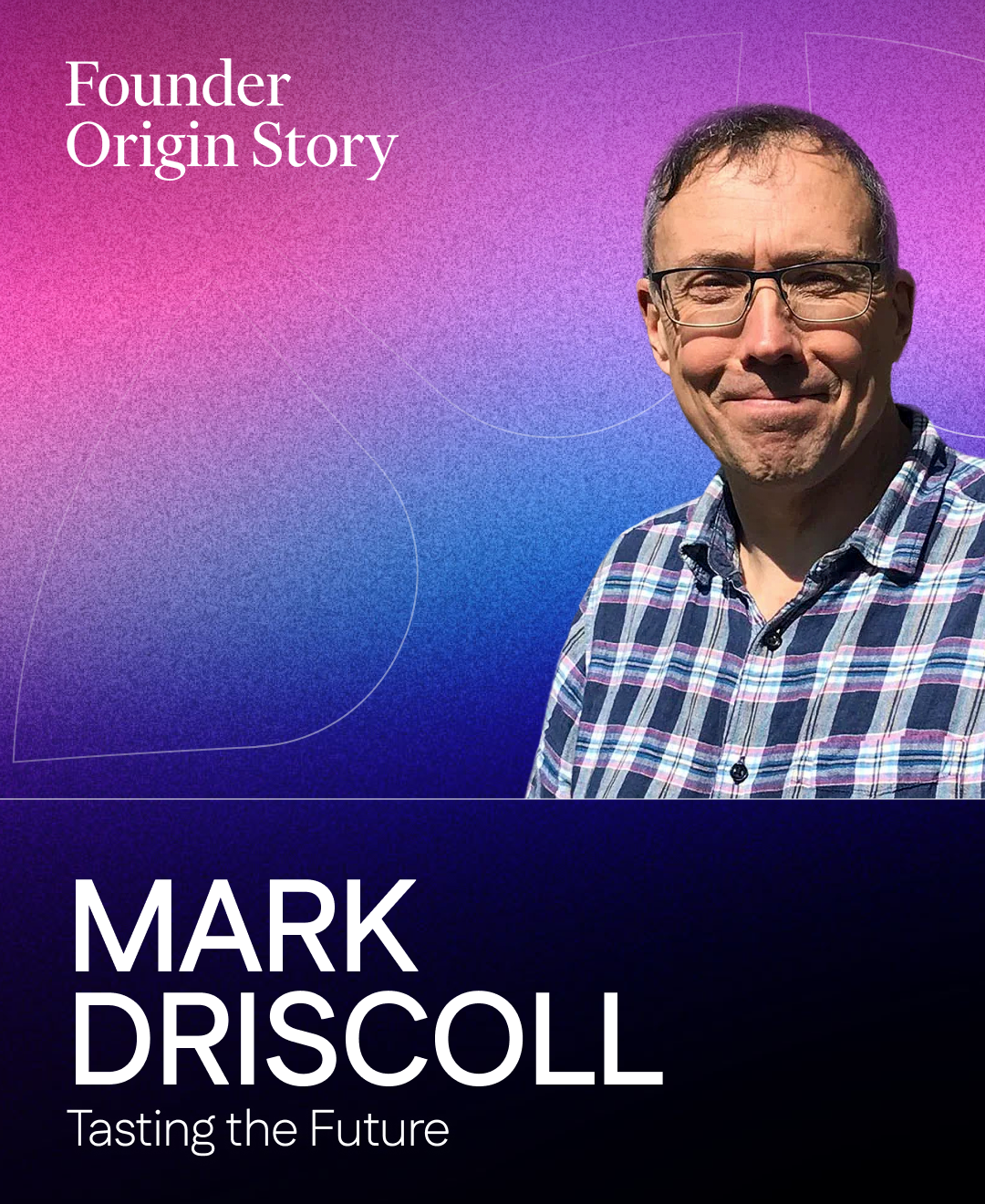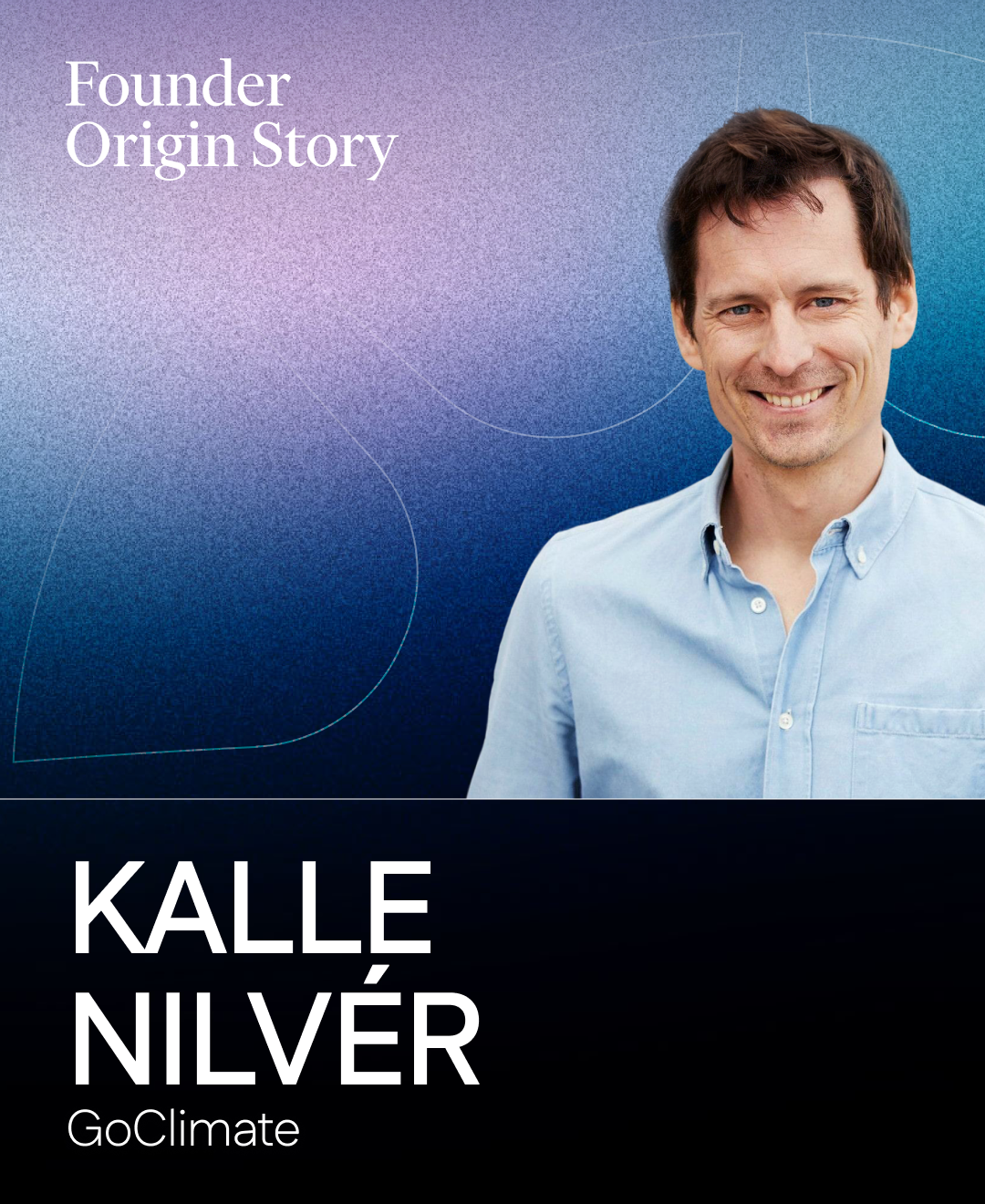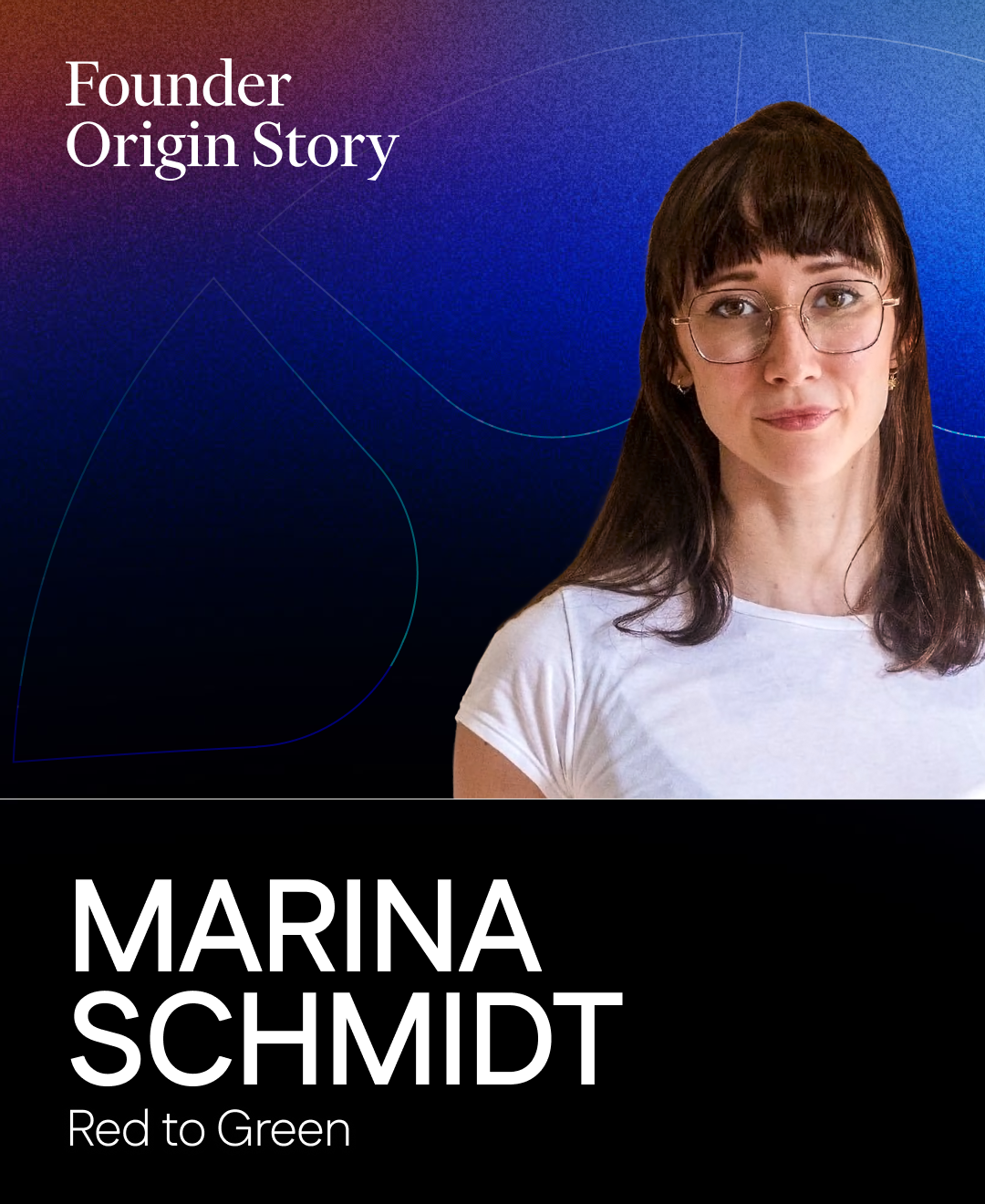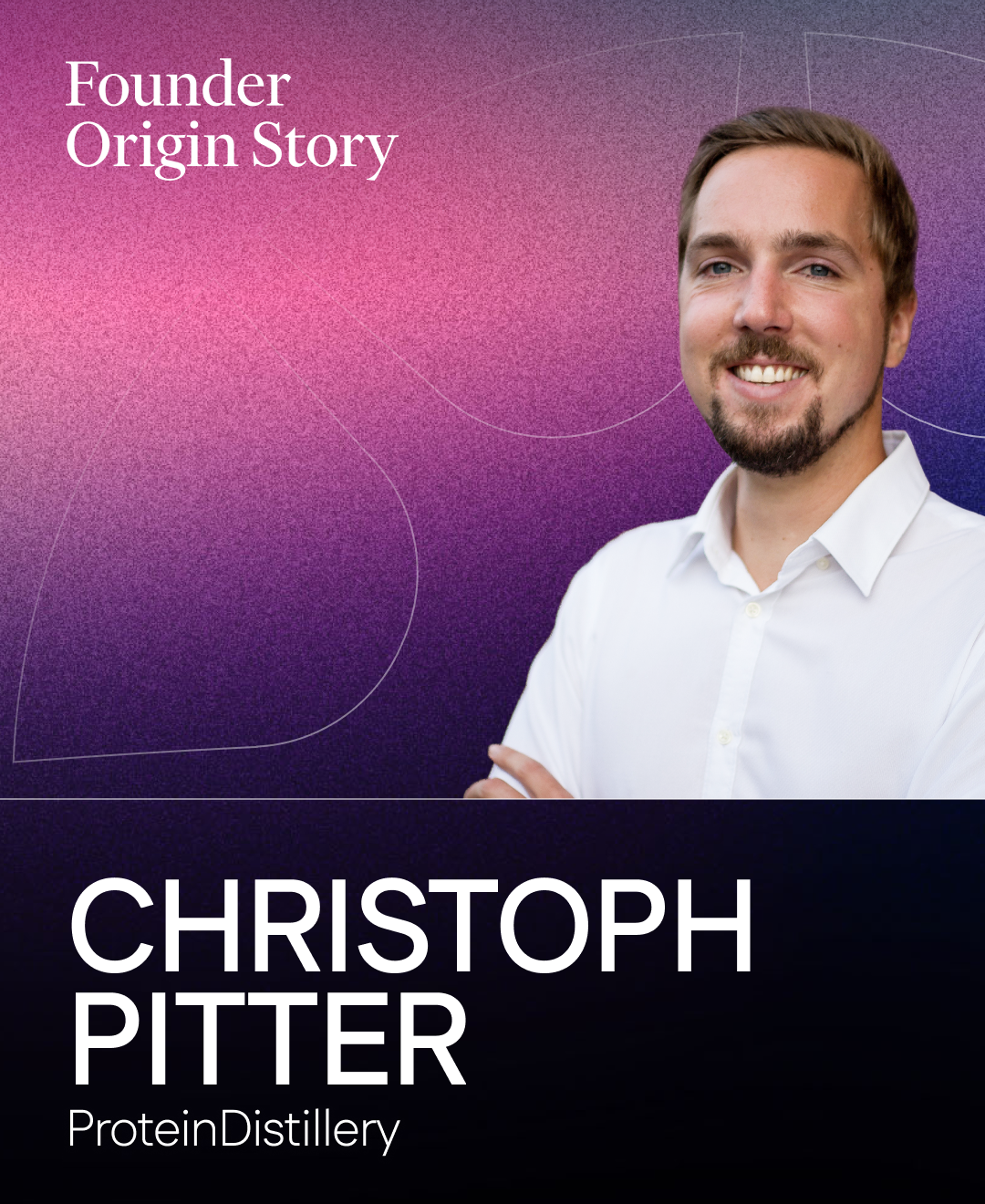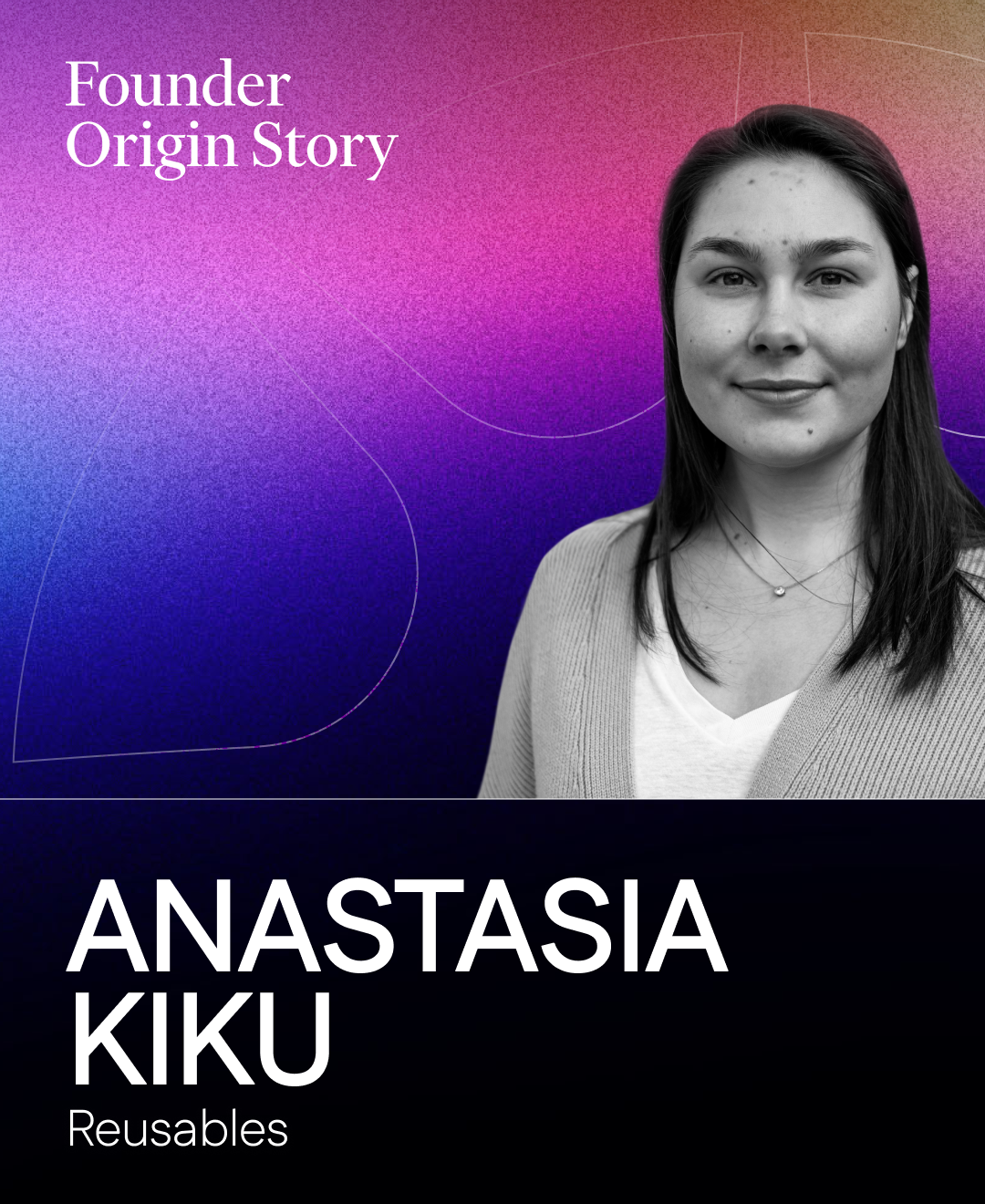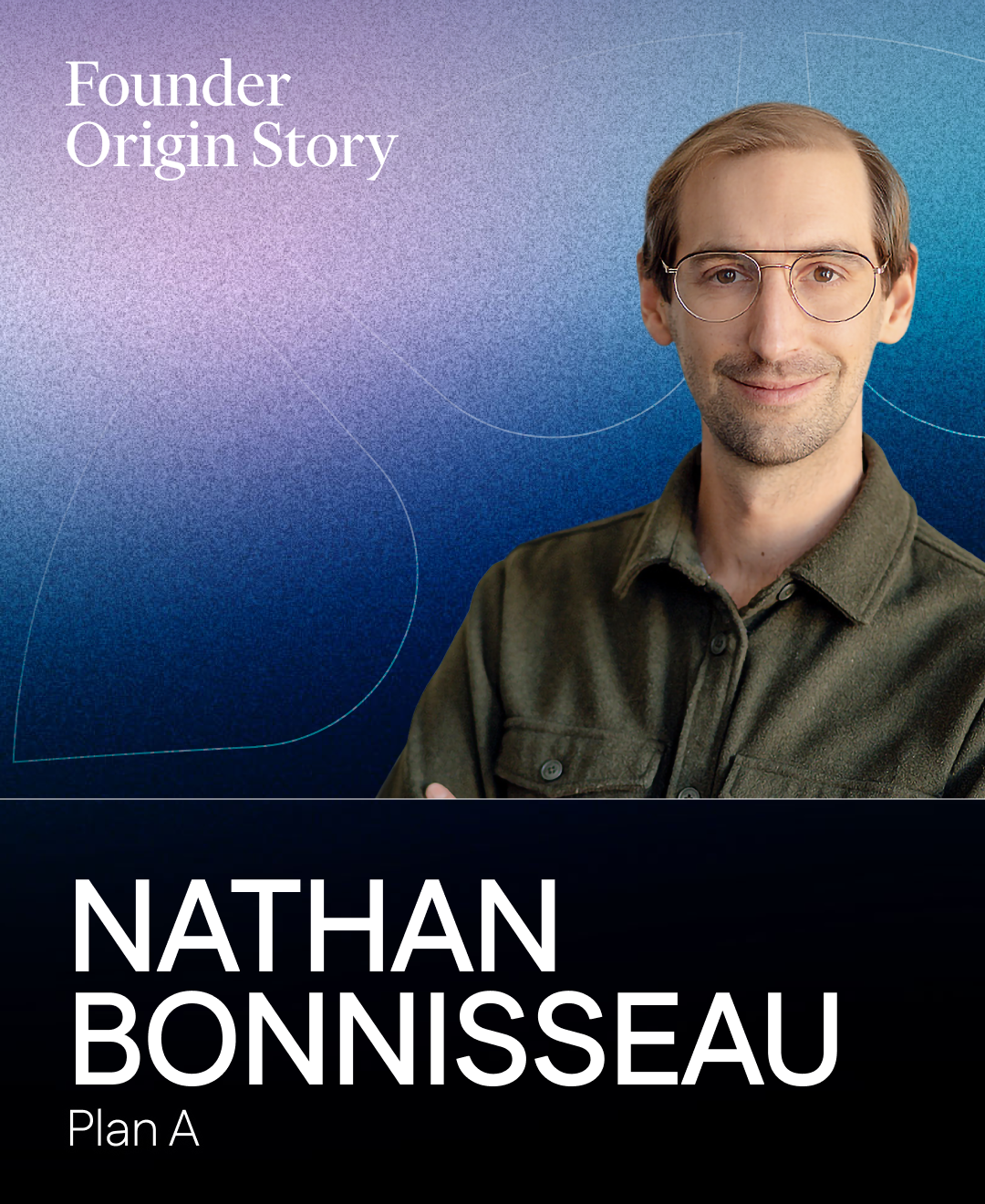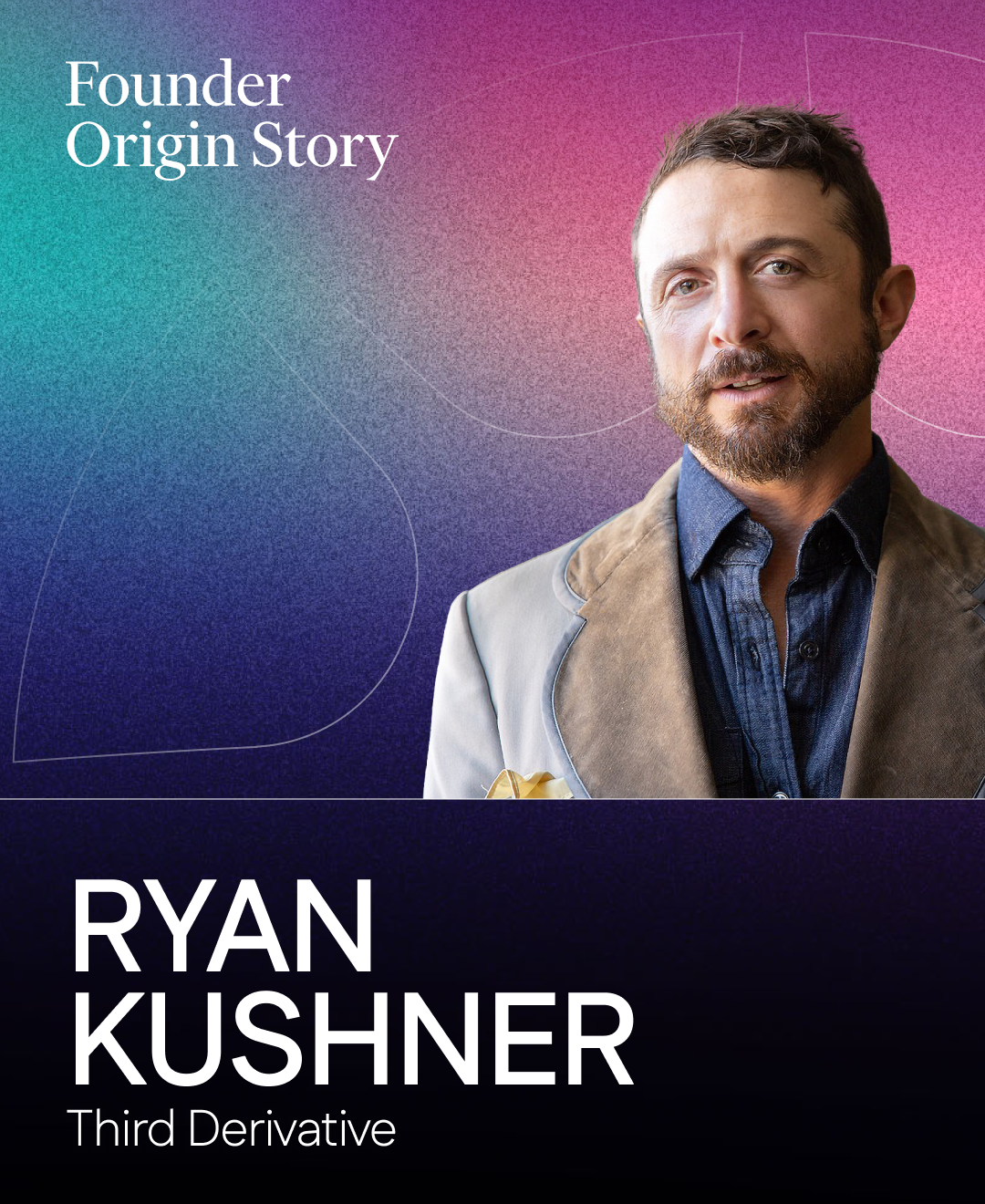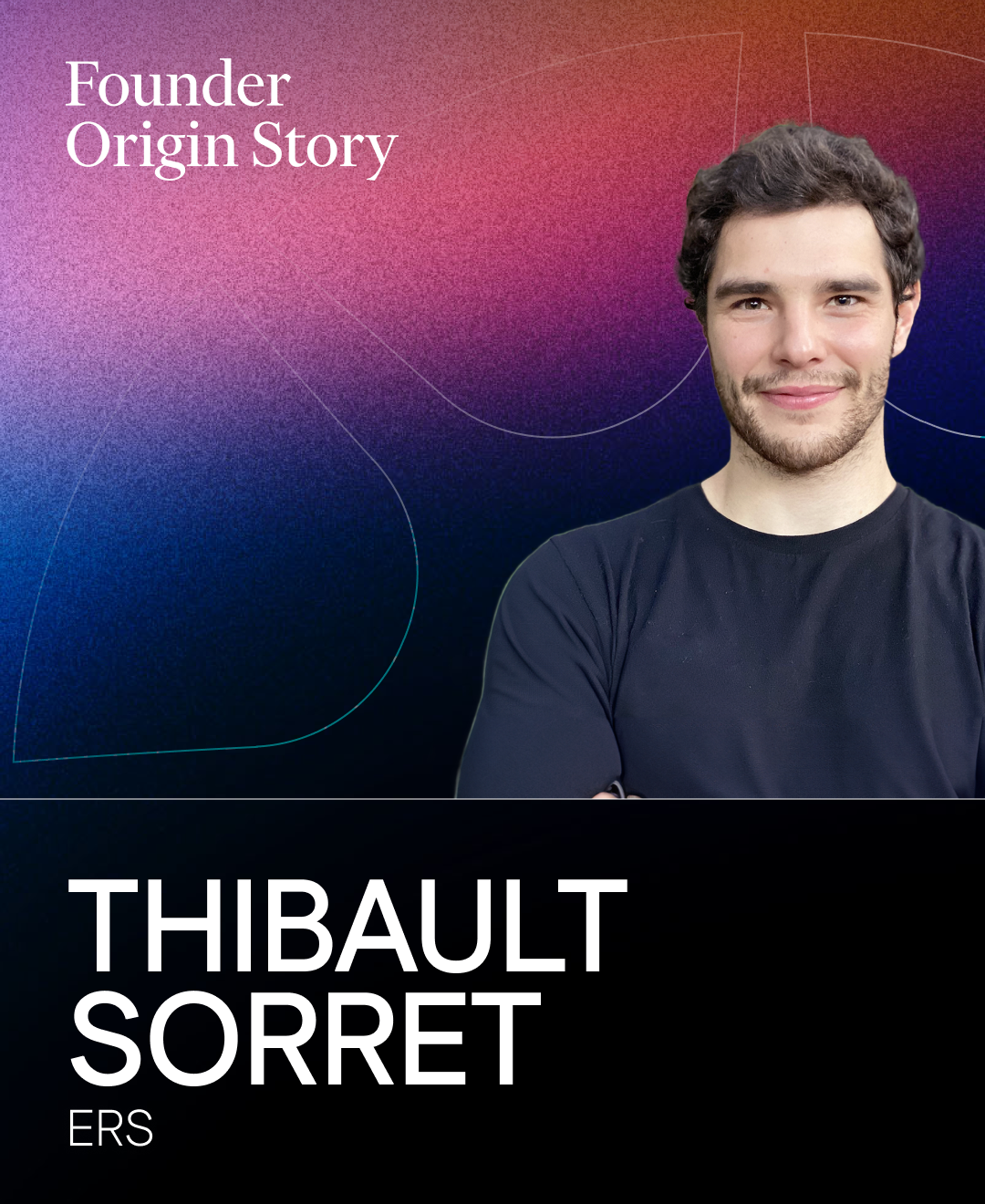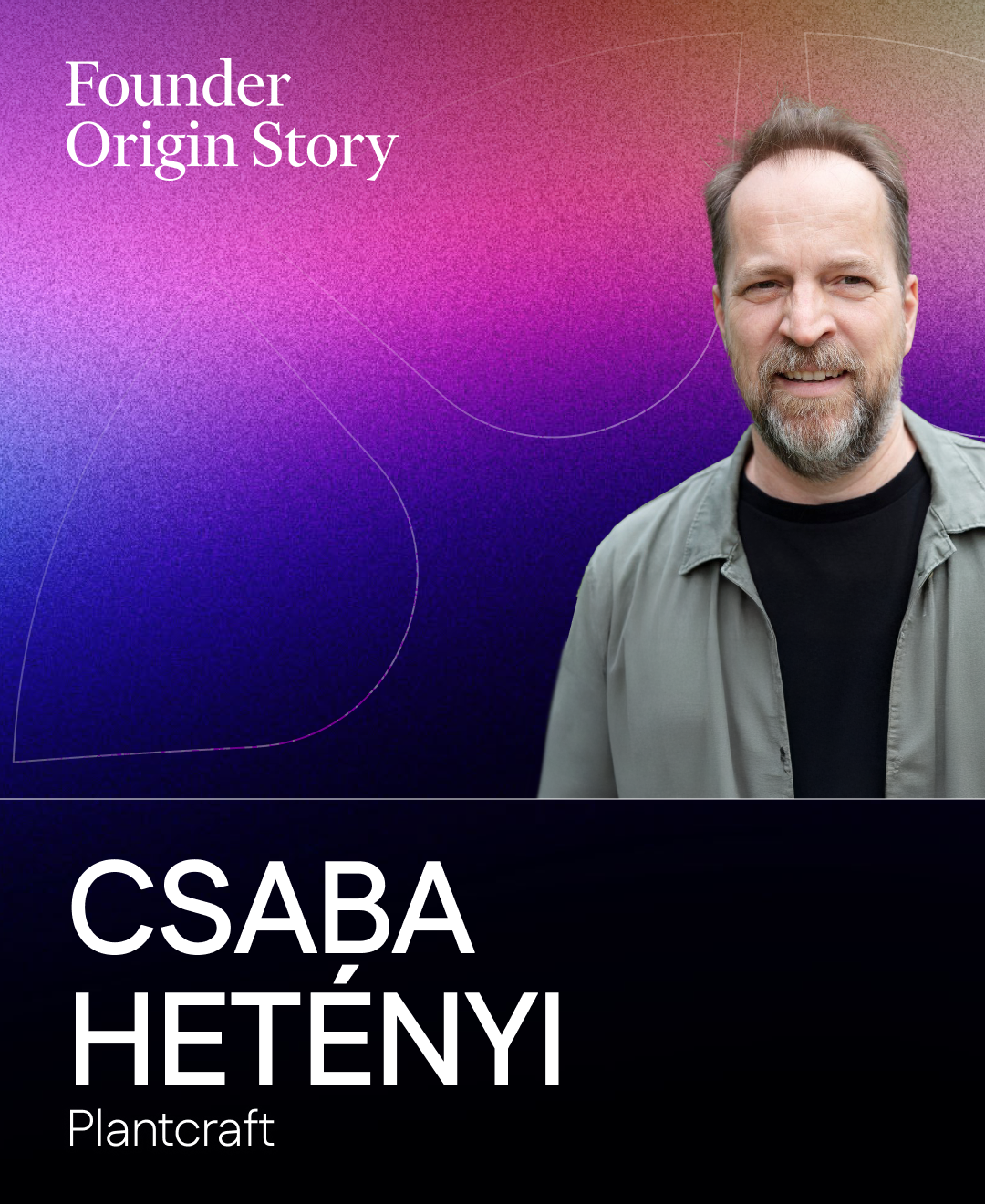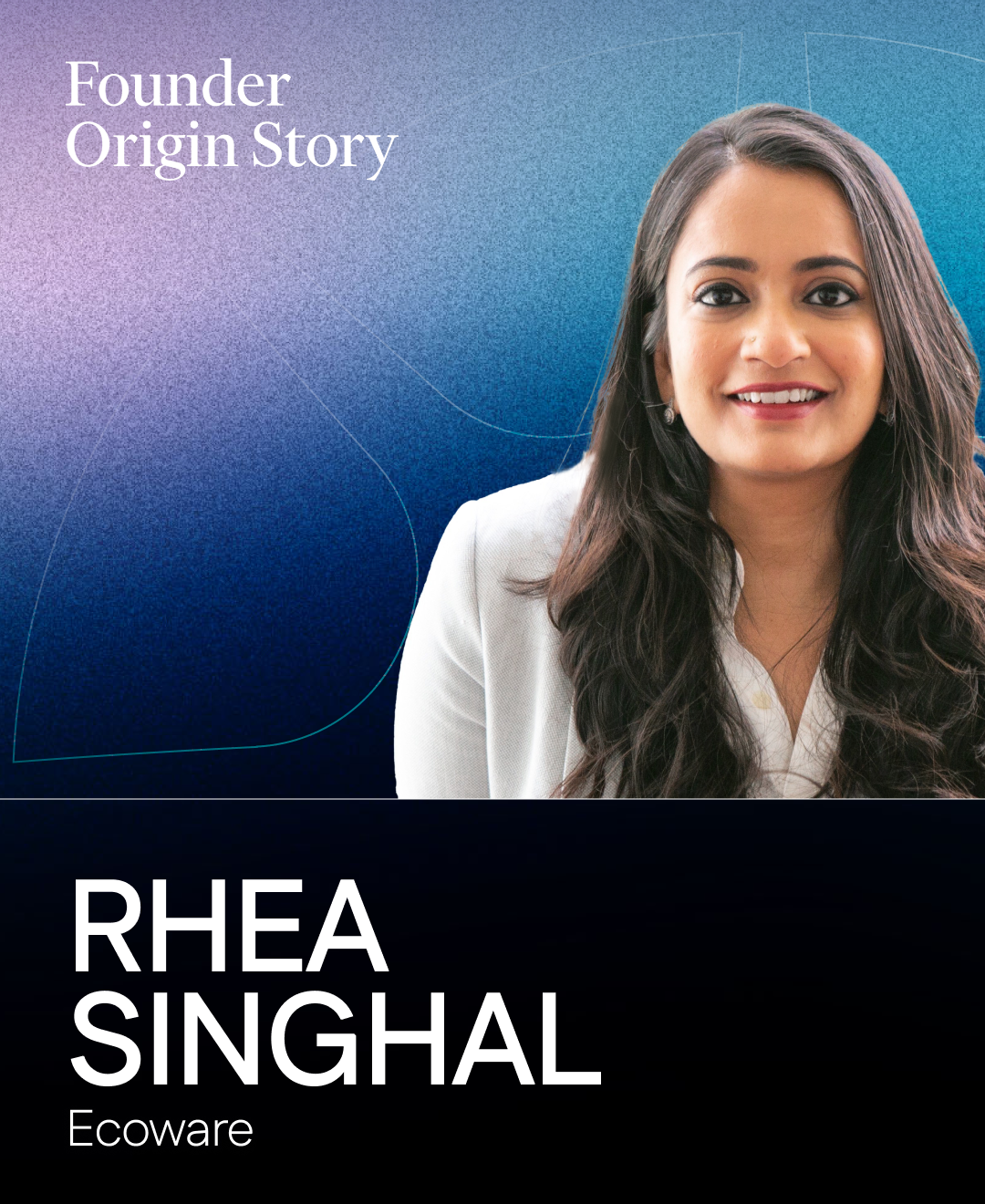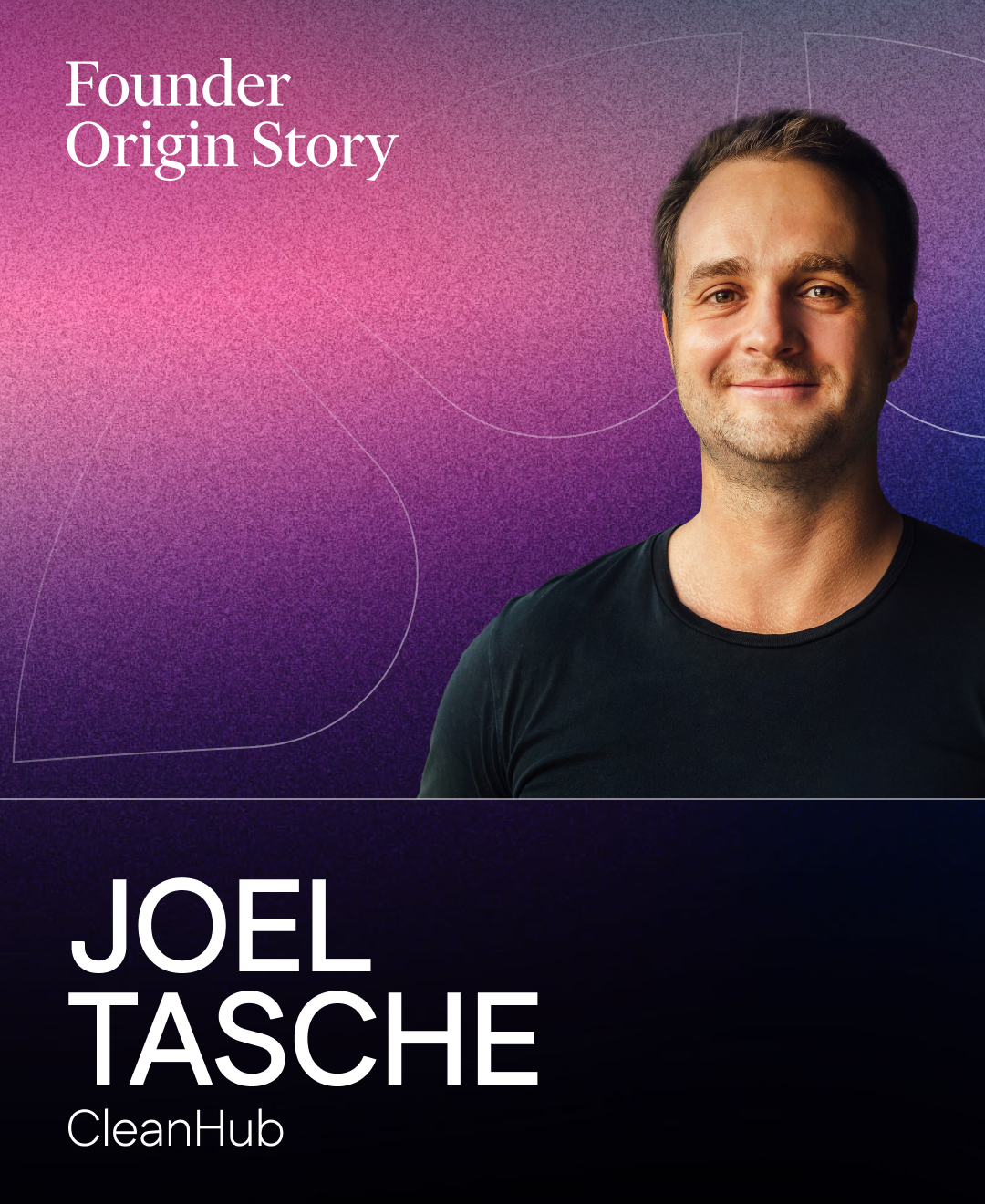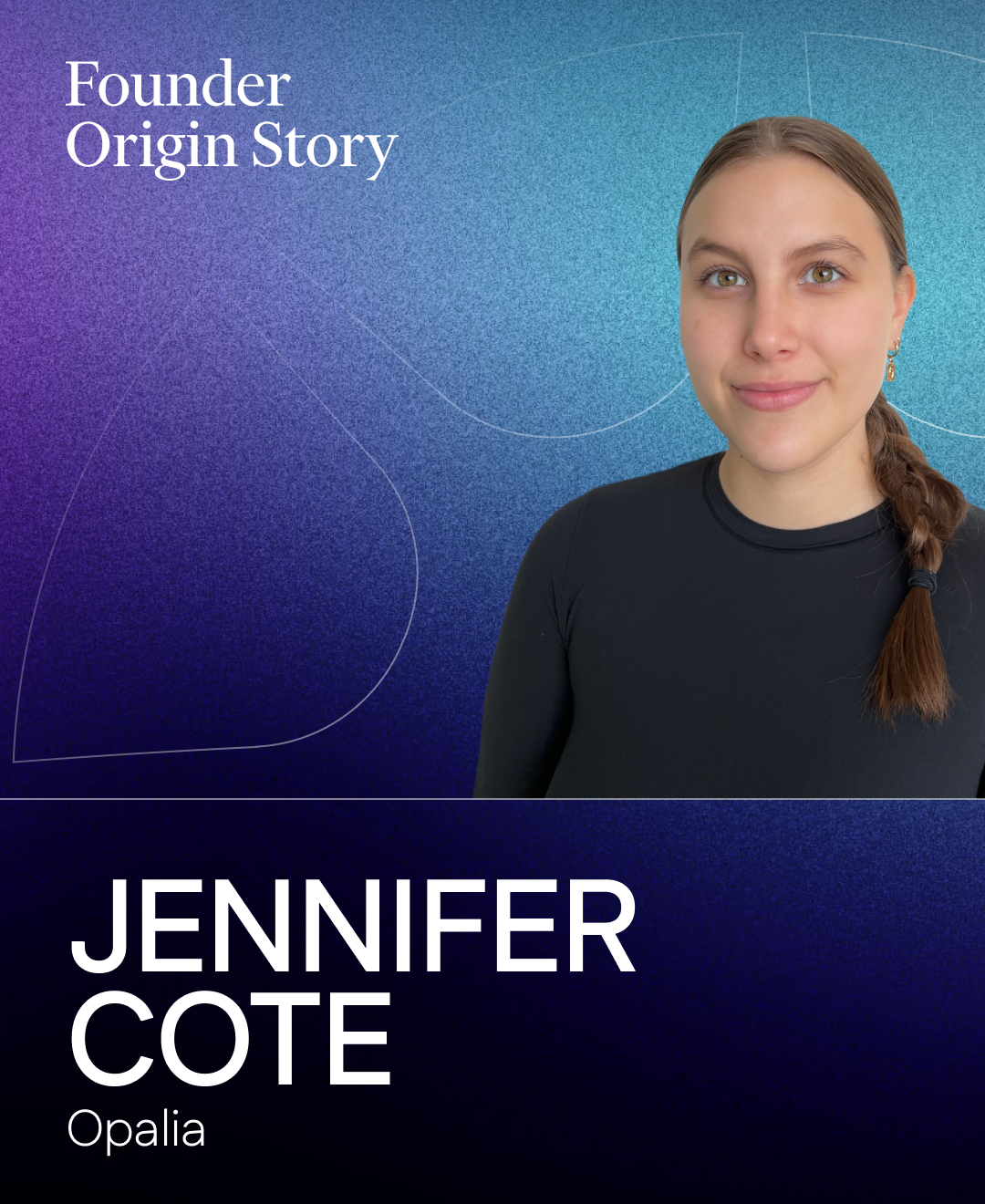
Please introduce yourself and your business.
My name is Emily Taylor, and I'm in charge of SAGES, a company that produces natural dyes using food waste. Alongside me, my co-founder Alice Simpson helps run the business.
What is SAGES trying to do? And why do you think it's important?
Generally, we want to make natural dyes the preferred choice for the fashion industry by ensuring they perform equivalently to synthetic dyes while offering the added benefits of being non-toxic, non-carcinogenic, and non-polluting. We’re working toward this goal through our research and development process. We just got started, though, relatively speaking. We began in October 2020.
Where did you first discover your entrepreneurial side? Has it been inside you all along?
Before running SAGES, I worked for a considerable amount of time in the fashion industry: around eight years. But around 2016 and 2017, I began to venture out independently, launching my own clothing line and running it alongside my full-time job.
When the pandemic hit, I started pursuing a master's degree. I met Alice around this time, and we both wanted to create something that would make a difference. I enjoyed running my own brand, but I felt like I was only selling expensive clothes to wealthy people without making a substantial impact. That's where my entrepreneurial journey began. I found out that I liked working for myself and setting my own goals.
Was climate awareness already part of your decision-making process, or did it only become a factor after meeting Alice?
Climate awareness was not a factor in my business or work decisions at that time, but it was something I was interested in because of my studies in the future of fashion, which had a strong sustainability focus. I had previously worked in the fast fashion industry, which of course is highly unsustainable, so I was actively seeking more sustainable options. When I met Alice, my interest in sustainability was put into action.
How was your upbringing in terms of your career journey? As a child, did you have any indication that you would become an entrepreneur, or was it just a spontaneous decision?
When I was little, I used to run mini businesses, like making jewellery and selling it at school. My parents were very supportive of my hustle businesses. So, there were early signs of my entrepreneurial spirit, although I wasn't necessarily thinking about becoming a CEO at a young age.
When you met your co-founder Alice while completing your Master's, how did the conversation to found SAGES start?
We met during the Collaborative Challenge Unit, the first module of the Master's program at the London College of Fashion. During this module, you have to pitch for one of the 50 briefs, and one of them was about fostering sustainable practices in fashion. The premise was to start a sustainable business that could make money and employ people. We both pitched for the same brief and ended up on the same team. It was great because we started on a level playing field, both interested in the same thing. Our team consisted of five people, and although our idea was very different at the beginning, we were the ones who carried it forward.

Did you create this project and pitch it? How did it work?
At university, we were given a very broad brief. Our brief was, “How can we create a sustainable fashion business that follows the principles of economic, environmental, social, and cultural sustainability?” It was very open-ended, and the other teams in our unit came up with various ideas.
Alice was looking separately at natural dyes for her course and was aware they were difficult to buy commercially. From the industry side, I was aware of how damaging non-natural dyes were. So we headed down that route.
When did you decide to turn this into a real business?
It happened organically. After finishing the unit, we pitched our idea and received positive feedback. We then entered a couple of competitions and did well in them. After that, we kept going and realised our idea was getting a good reaction. That's when we decided to pursue it as a real business.
Did you ever take a different direction or deviate from your original plan?
When we first started our project, our initial idea was quite small. We planned to open a local dye shop to sell our products and offer workshops. However, our plans changed as we began exploring different markets and ways in which we could have a greater impact. Finally, we realised that focusing on business-to-business sales would have a much bigger impact. So, that was the biggest change we made.
What do you consider to be the most fulfilling aspect of your work?
I find it incredibly fulfilling to engage with people such as fellow startups, investors, and individuals. Witnessing the innovative ideas and concepts that other people are working on is exciting. Coming from a fast fashion background, I was somewhat disheartened by the industry's state. However, interacting with enthusiastic individuals and their ideas has instilled hope.
It seems like you stumbled into the climate space by chance. And I assume that you speak with many people, including startup founders, in this field. Is that correct?
Yes, that's right. One of the biggest changes is that we're now more focused on business. Previously, our background was more like art school / fashion based. However, many of the startups we speak with now come from Imperial College, King’s College, or University College London, have a strong focus on business and investment, and are always thinking about their next steps. This has changed our outlook and how we talk about our business.
Looking back on your past experiences before starting this business, what were the key experiences that gave you the confidence to say, “Yeah, we're going to do it. We're going to make this business work”?
It was a combination of things. First, we evolved naturally and participated in competitions that provided us with positive feedback. This gave us the confidence that there would be a network of people excited to work with interested customers and support us. Additionally, we both had backgrounds in fashion, where companies often have mass layoffs and redundancies. Taking a risk by quitting our jobs to start the business felt like a manageable gamble. We knew that our jobs could become redundant anytime, so we felt we had nothing to lose.

What were the biggest challenges you faced with SAGES since starting?
There were two major challenges. The first, which is a common challenge for startups, was funding. It was difficult because we had rent and bills to pay, unlike some startups that can begin without income.
The second challenge was our research partner: this was probably our biggest hurdle. We had been working with them for around six months to develop a project, but it suddenly fell apart due to a discrepancy over intellectual property rights.
That said, we’ve fortunately received investment, and we’ve found another research partner, so we should be in a better position going forward. Despite these difficulties, we persevered and overcame them.
How do you manage challenges like those, or how do you deal with them?
Specifically, we had to be proactive and act quickly regarding the research project. After the research project fell apart during a Zoom call, we found ourselves in a tricky situation since we had already accepted an investment based on it. This led us to decide to find another researcher to take on the project. We sent out emails and scheduled multiple conversations with various people. In a great moment, we found someone else to take on the project, and everything worked out fine. Overall, it's crucial to act quickly and keep moving forward in such situations.
Have you experienced any significant failures?
We may not have had huge mistakes, but we have had smaller ones along the way. Part of it just comes down to what our product is, and what we’re doing. While developing our product, we constantly have to make adjustments. I wouldn't necessarily call them mistakes — more like flaws we recognise, and then work to improve. We can use research and development or seek guidance from a mentor to help us address these issues.
What are some big "Aha!" moments you've had on your path to today?
Everything has gradually snowballed in my life, including my business. I don't think I ever had a specific "Aha!" moment in my work, or one where I thought, “I'm going to be a businesswoman, and this is why.” Though of course I prefer organising my time and doing what I want, which admittedly is much easier when you run your own business.
I might also say that the whole process of doing my master's degree was like one extended "Aha!" moment. It permanently altered my outlook on work, business, and life in general. It also made me reconsider the importance of maintaining a work-life balance and determining what truly matters. As a result, my mindset evolved significantly during that year.
How do you manage your work and personal life? Do you draw a line between the two?
No, I don't draw a line. It's hypocritical because I tell everyone else to do that, but it doesn't feel like work as much when it's your own thing. So it doesn't matter too much, although there are days when I stop checking emails for a few hours and go for a walk or do something different because I'm not being productive. If I'm in a productive mindset, I'll keep going and work for 12 hours straight, but there are other days when I feel unproductive and know it's not worth trying to force it. So, I balance it on a day-to-day basis.

What were the biggest sacrifices or compromises you had to make to get where you are today?
My biggest sacrifice was giving up my decent income before pursuing my current path. Although I am now earning money, it is not as much as before. I don't see it as a sacrifice, though, in some sense— I prefer what I am doing now to what I did before.
What future do you aspire to create with your business?
We are passionate about creating a more positive future for the fashion industry. Based on our own experiences and those of others, even employees at the brand's head offices, working conditions can be demoralising with long hours and little pay. Additionally, there is a disconnect between the joy of being creative and the knowledge that the industry contributes to environmental pollution, with garments often ending up in landfills. We aim to create a space where people can be creative without harming the planet.
For both your personal and business goals, what are your ambitions?
Our ambition is to take it step by step. Our next objective is to focus on research and development and collaborate with other projects. We would like to become the largest supplier of natural dyes, establish collaborations with various big brands, and make a significant difference in the industry. That would be fantastic. Furthermore, we plan to extend the use of these pigments to other industries that are currently heavily polluting, such as the paint industry.
What advice would you give to young people who want to start a business with a positive impact, particularly in the climate space?
The best advice would be to stay true to your goals. Many people will advise you to take actions that may generate more profits, or even suggest making exaggerated claims about CO2 emissions reduction. But it’s essential to remember why you started and to stick to your goals. Perseverance is critical to the success of any business, particularly when faced with challenges.
Additionally, seeking advice from various sources is important, but it can be overwhelming and confusing when advice is contradictory. It’s a good idea to break down your business goals and align the advice you receive with your roadmap instead of blindly following it. By staying focused and clear on your journey, you will be better equipped to make decisions that align with your values and goals.
If you could speak to the whole world, is there a specific message you would like to give them?
If it had to do with sustainability, I would broadcast a message about how environmentally-damaging synthetic dyes are. Synthetic dyes account for 80% of emissions in the fashion industry— it’s a huge problem. If I addressed a broader audience, though, it would be more challenging. I would encourage people to stop buying fast fashion. I know this is easier said than done, as fast fashion is often more affordable and expensive clothes are not necessarily better for the environment either. Ultimately, my message would be about cleaning up the fashion industry.
If you could collaborate with someone you admire, who would be your ideal or dream collaborator in the climate space?
I would love to collaborate with Stella McCartney. It would be an incredible partnership. While we have also been in discussions with Pangaia, and we love what they do too. But Stella McCartney has been a climate advocate for several decades— long before it became trendy. Collaborating with her would be a significant achievement, and I hope it might come to fruition.
Thank you so much for spending a little time with us, Emily. From all of us at Brighter Future, we wish you nothing but the greatest success in your attempts to bring natural dyes into wider use in fashion and (hopefully!) paint, both at home and around the world.
For more information, SAGES’ website can be found at www.sageslondon.com.
Let’s Start Building Your Story
Book a call or email us at mission@brighterfuture.studio to begin crafting your inside-out narrative.


